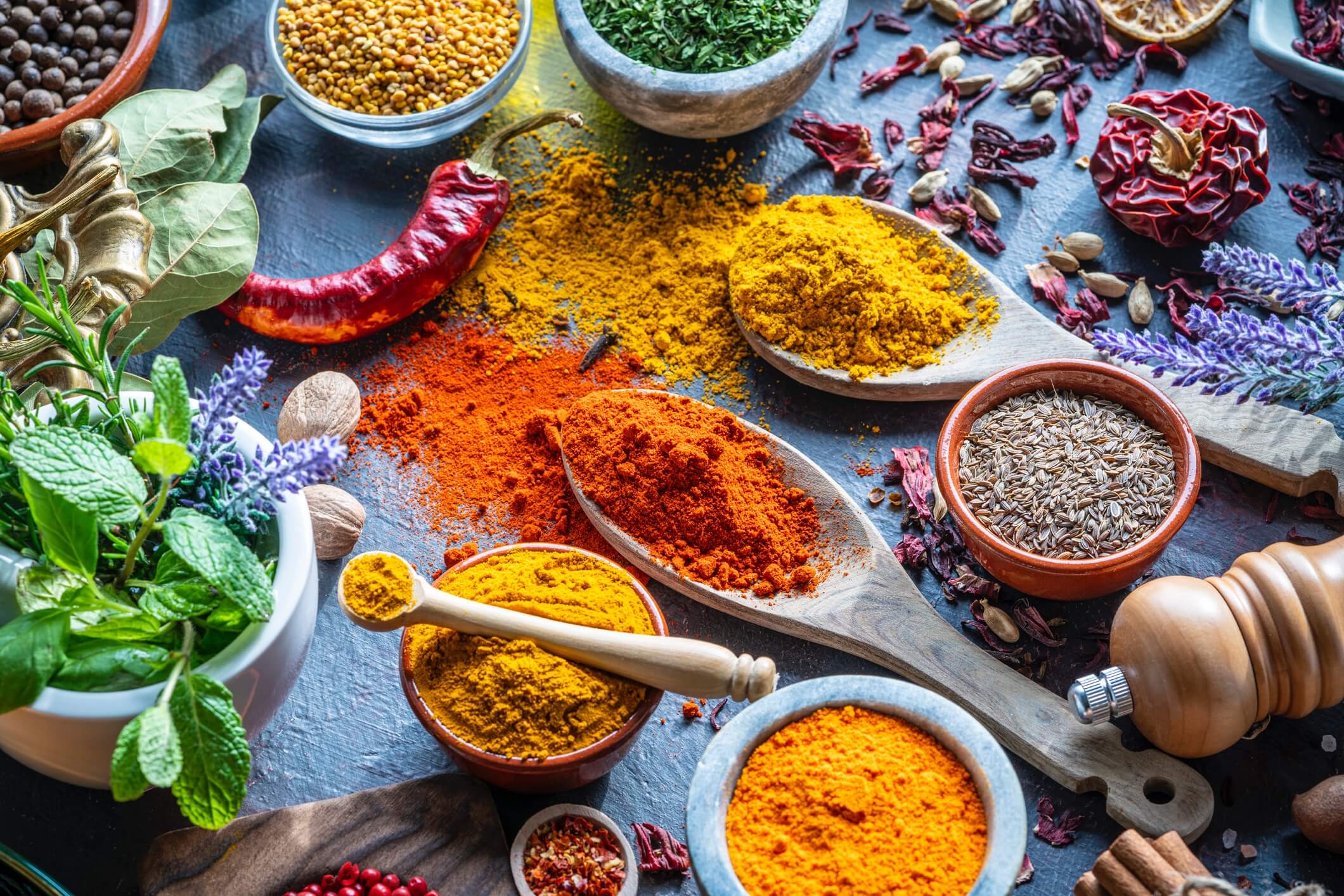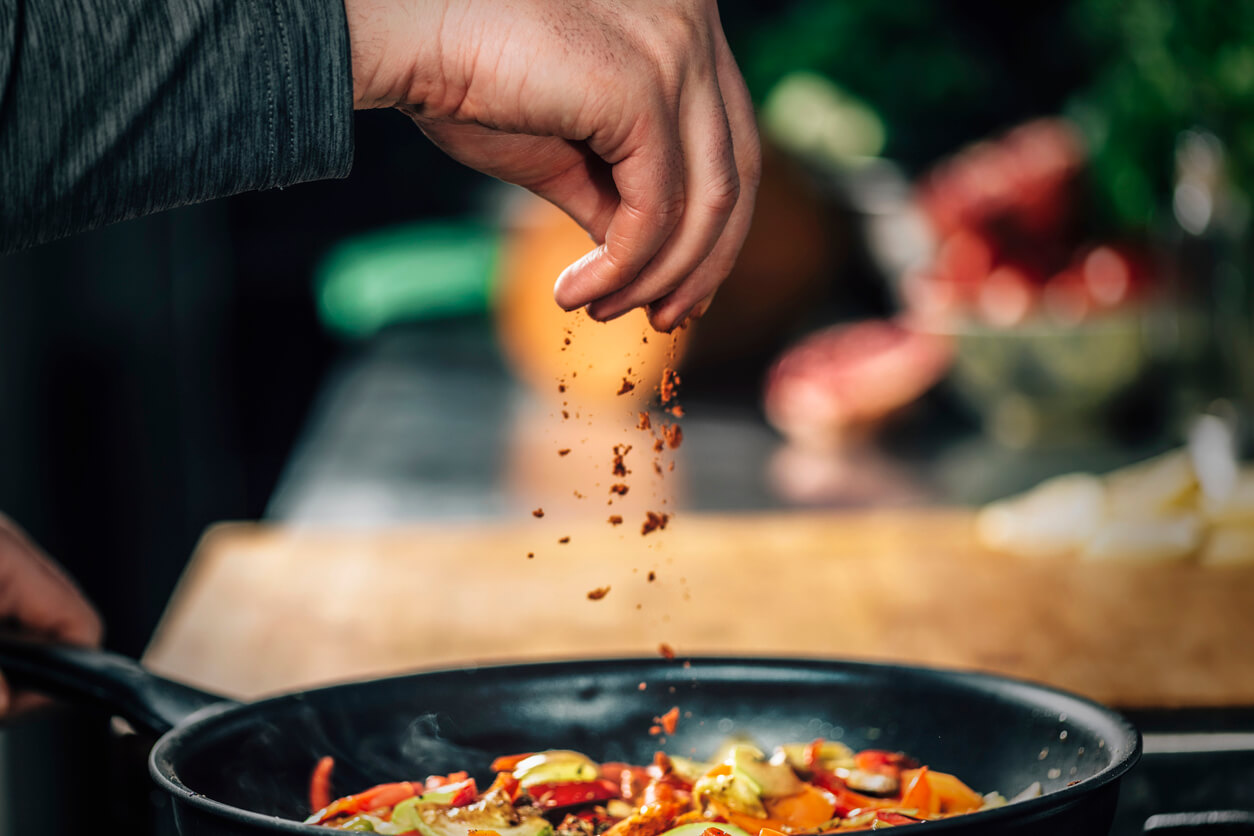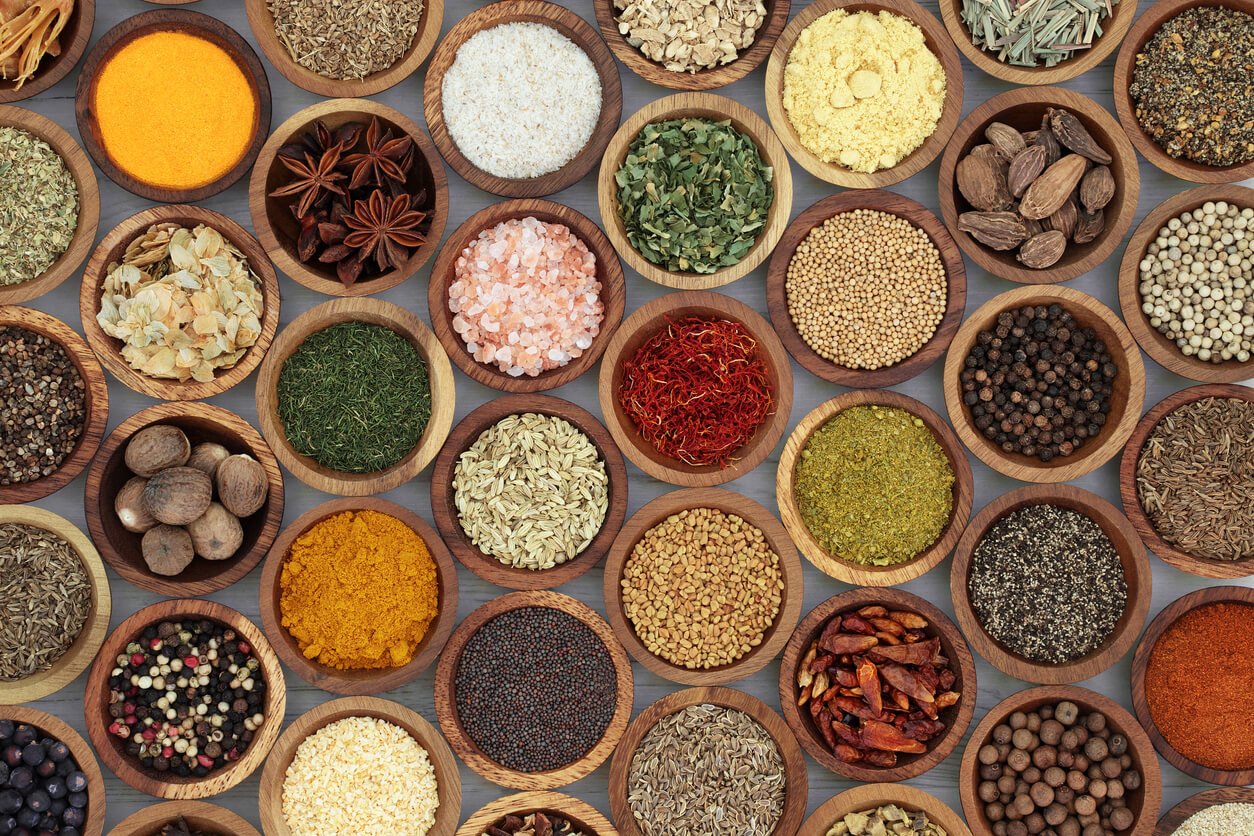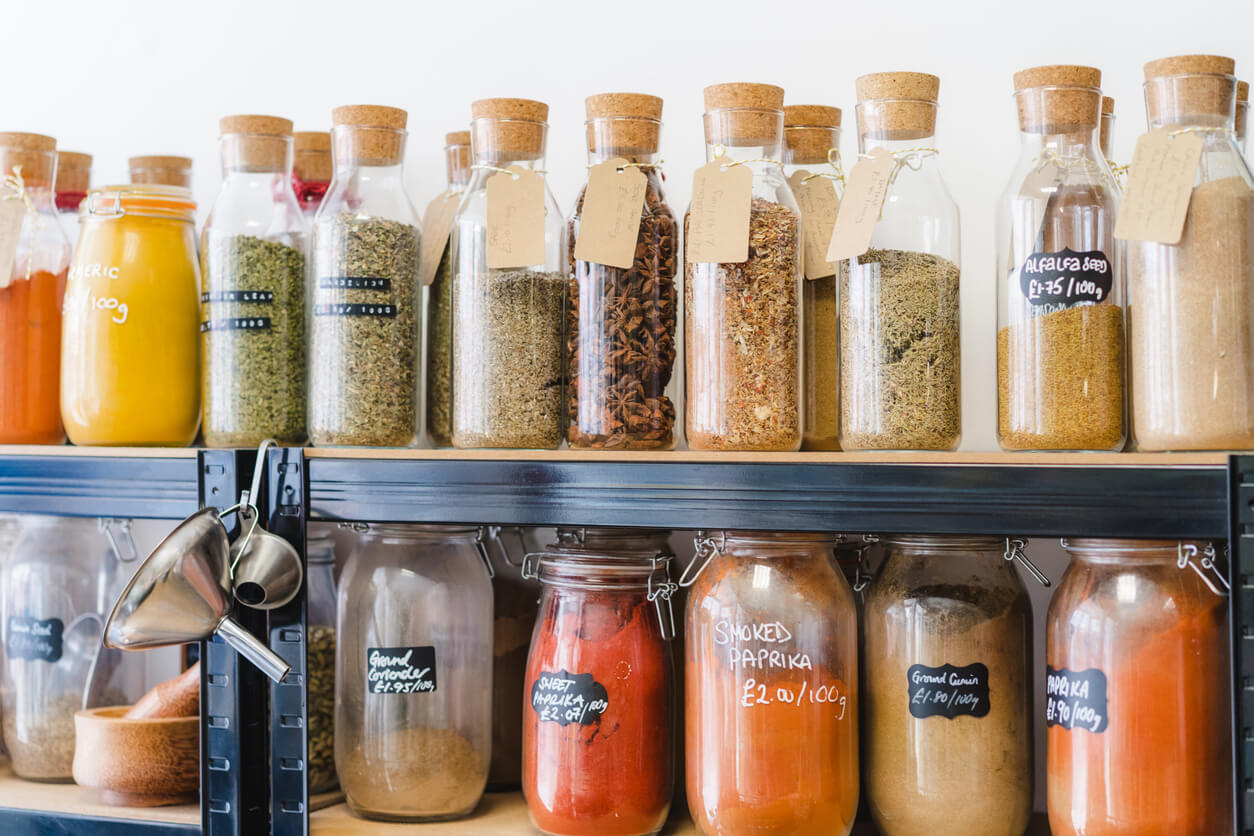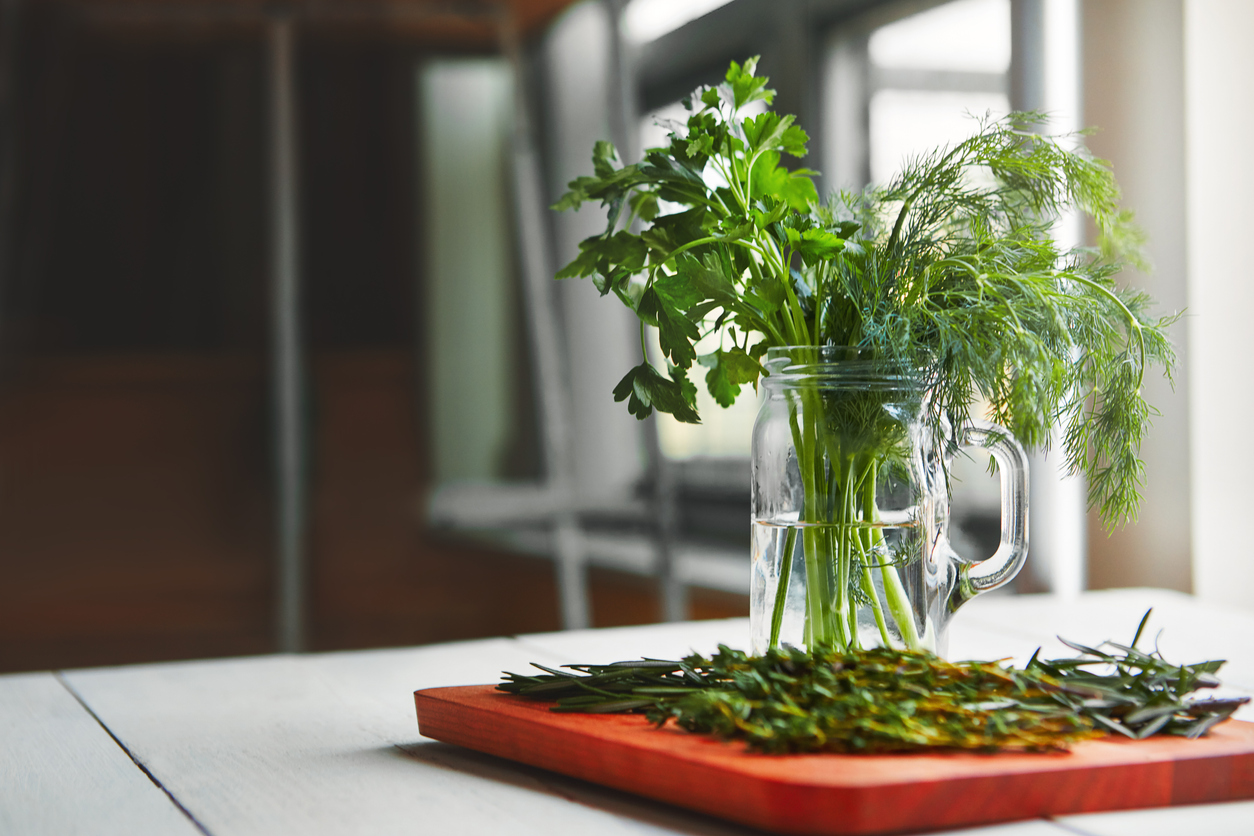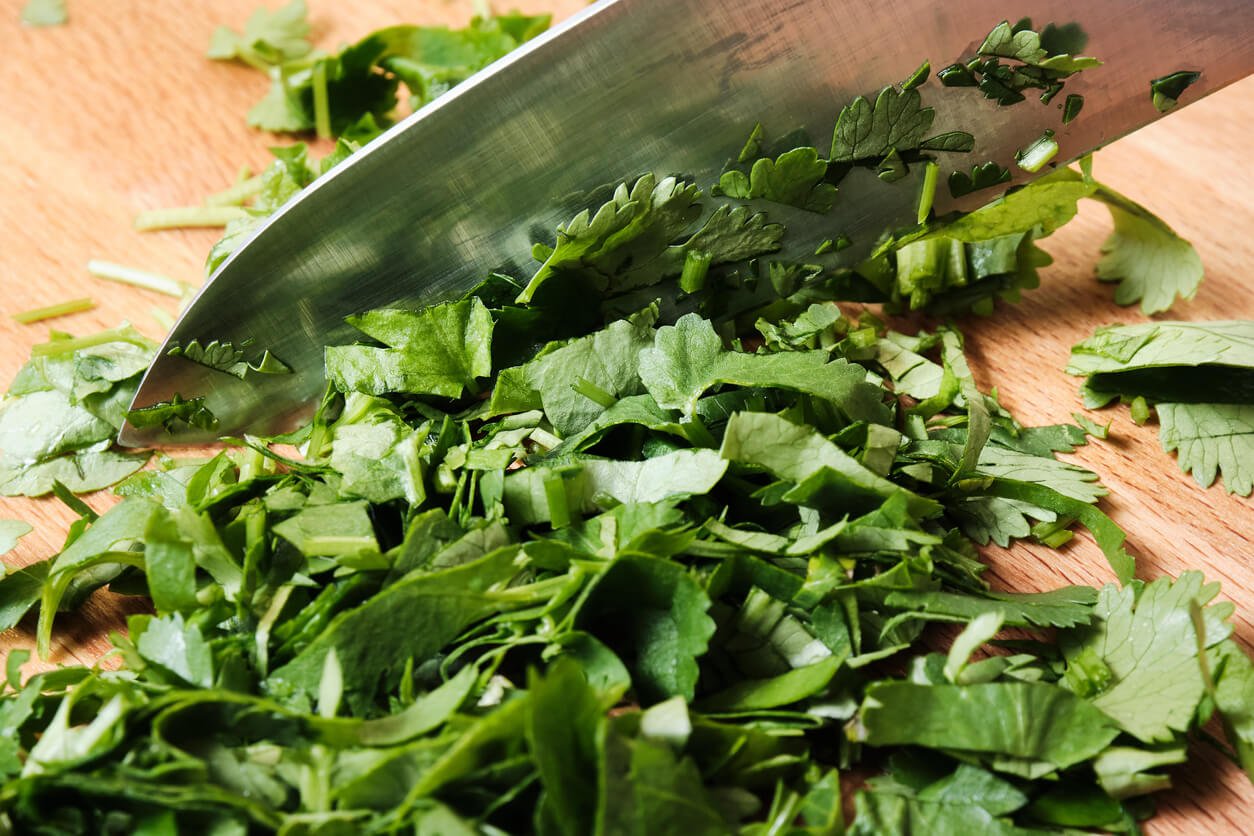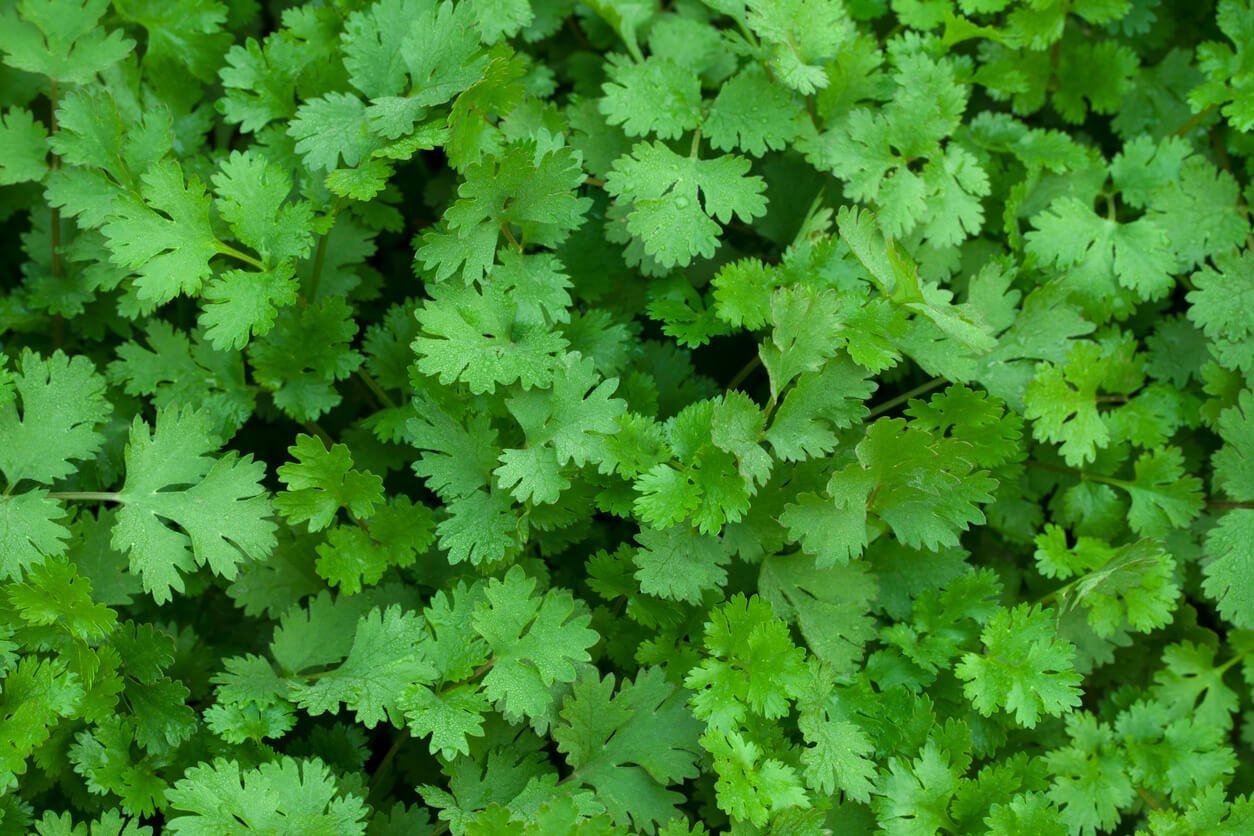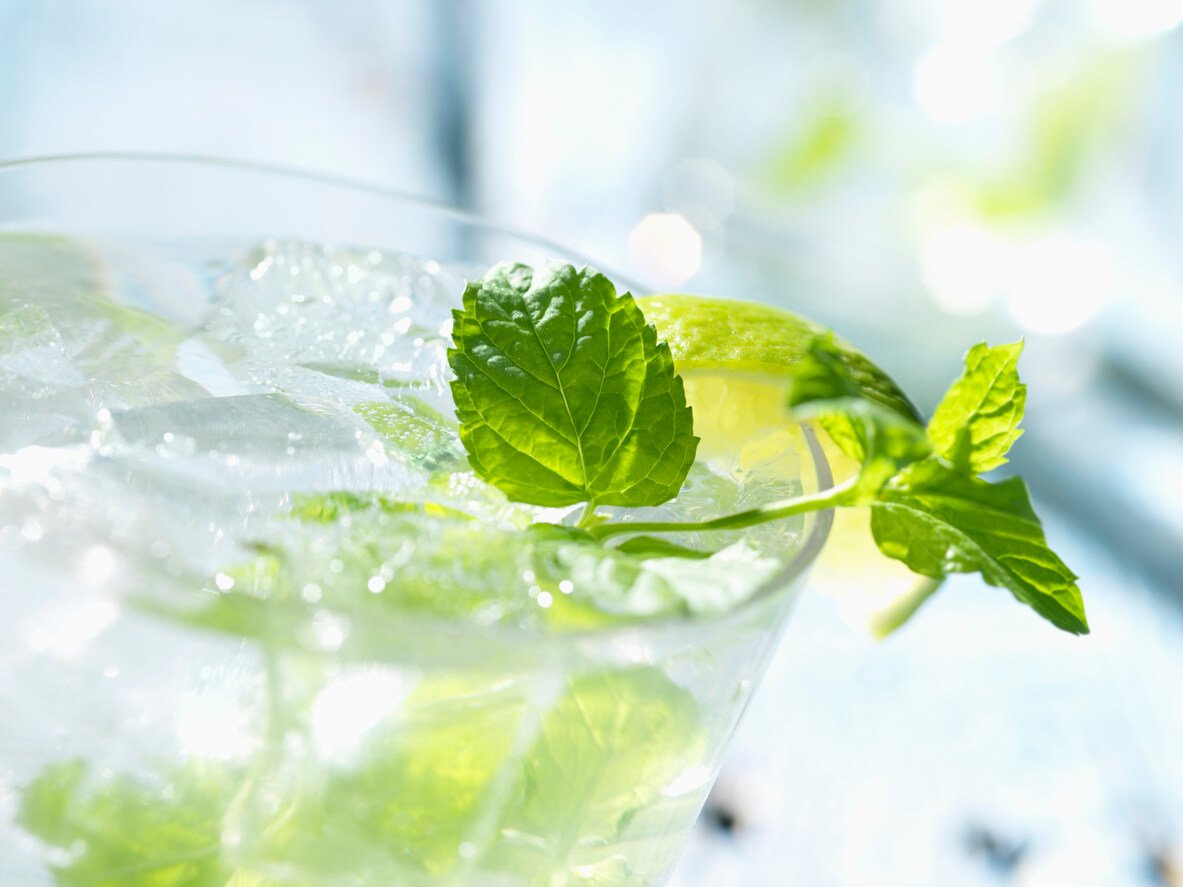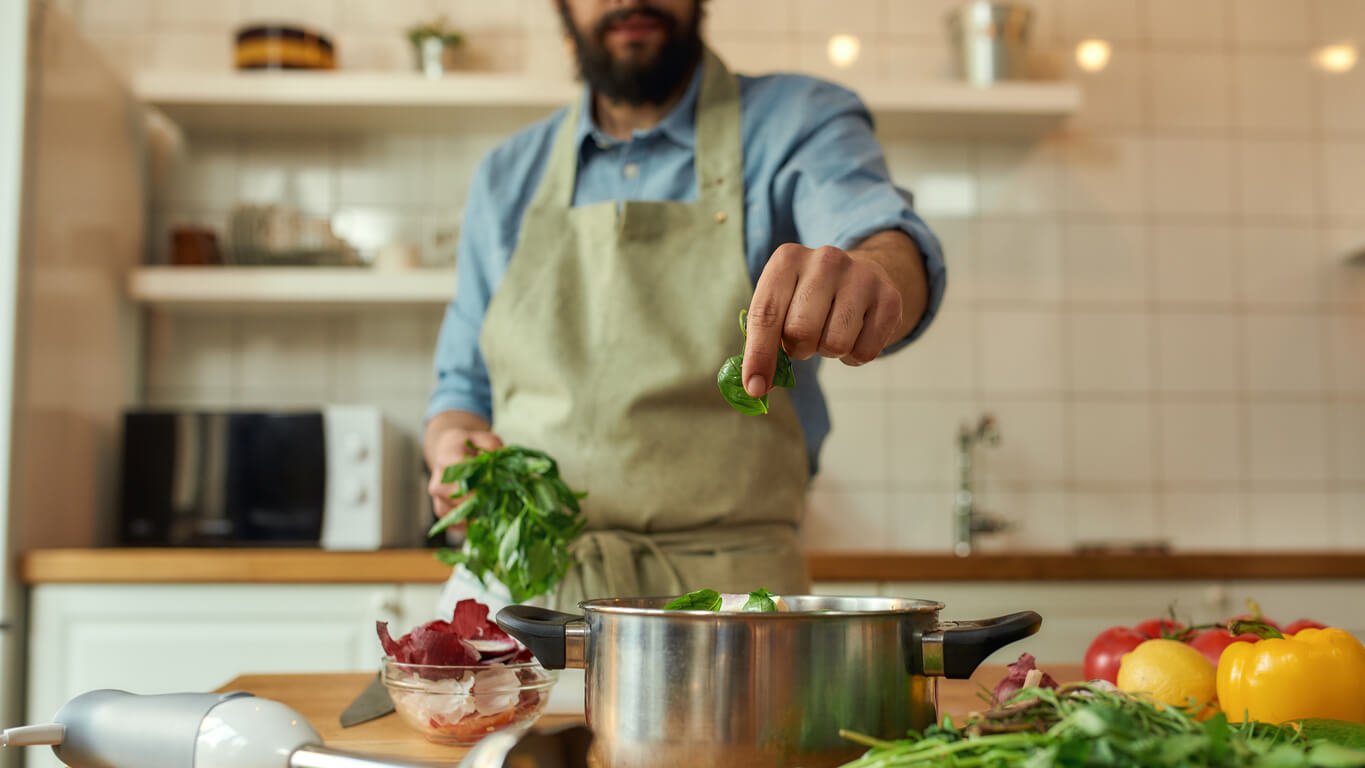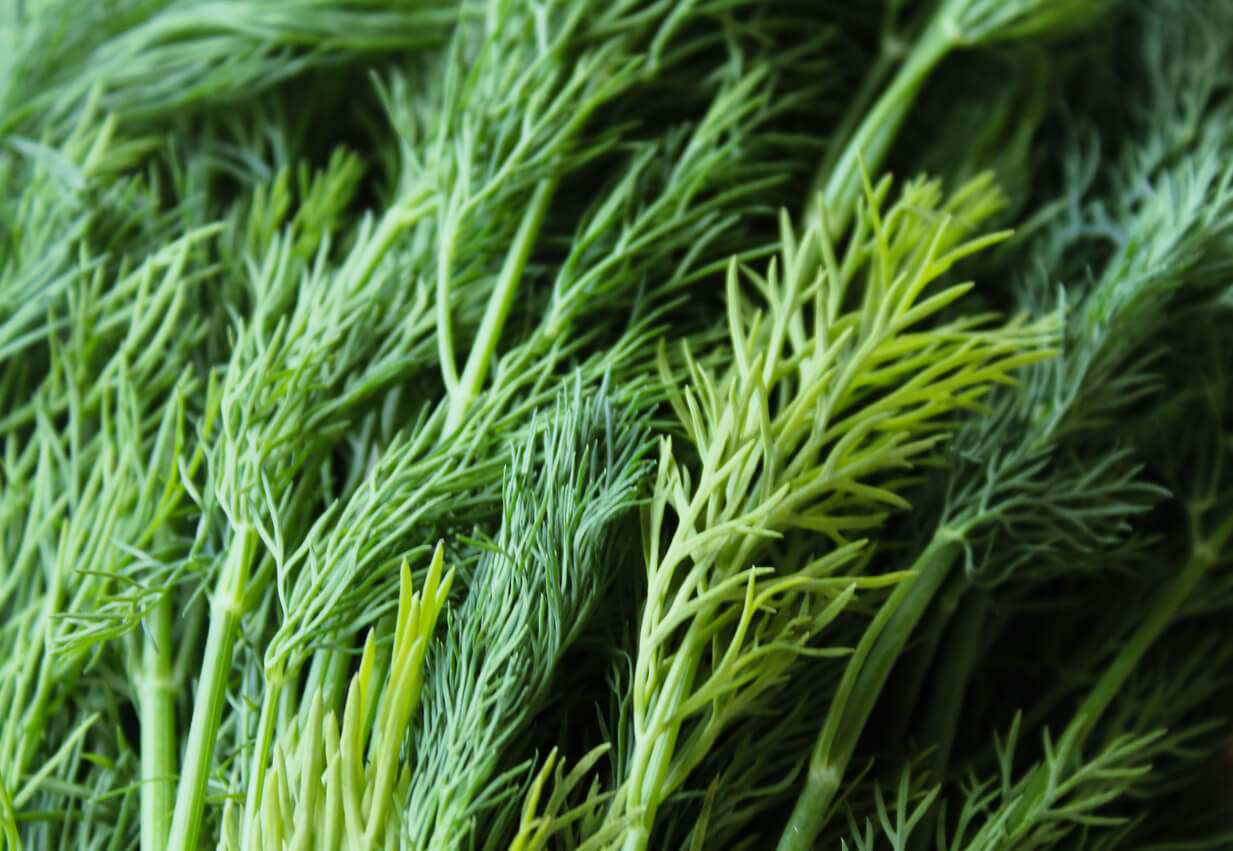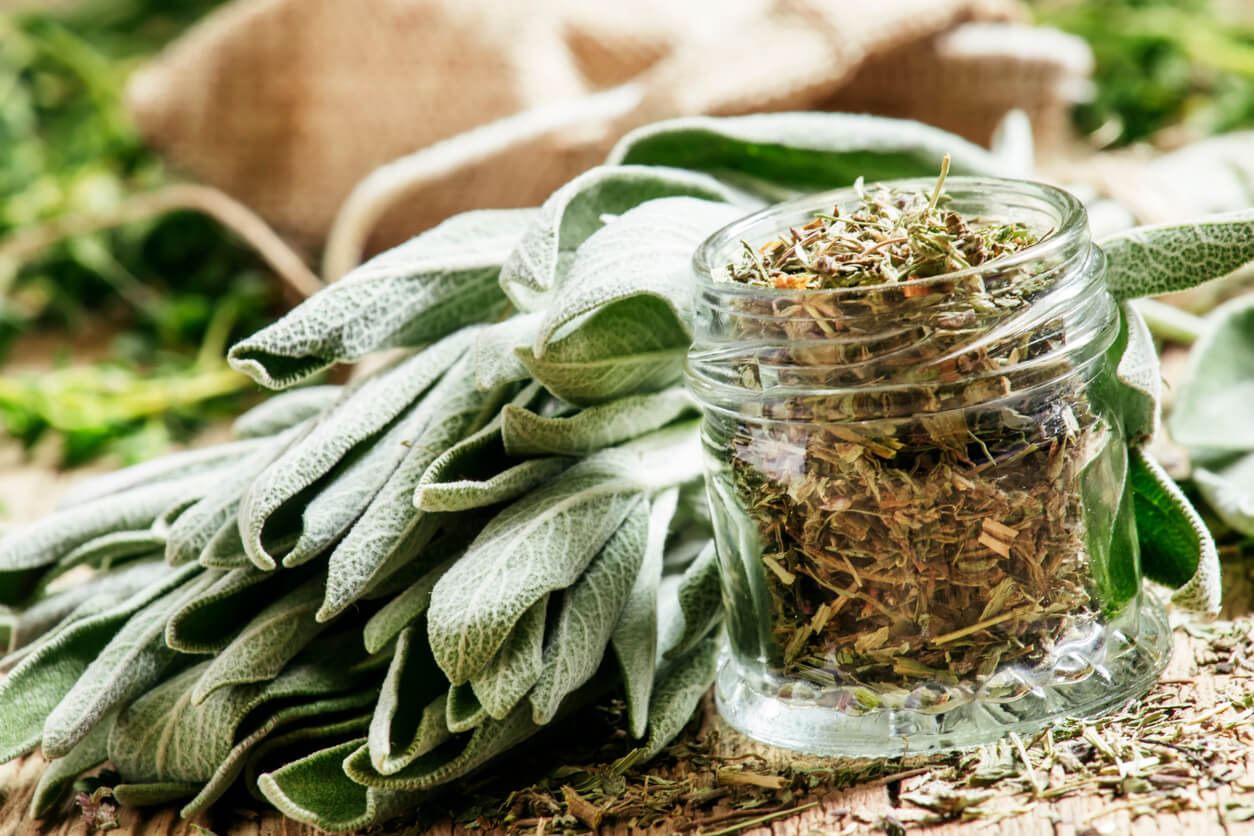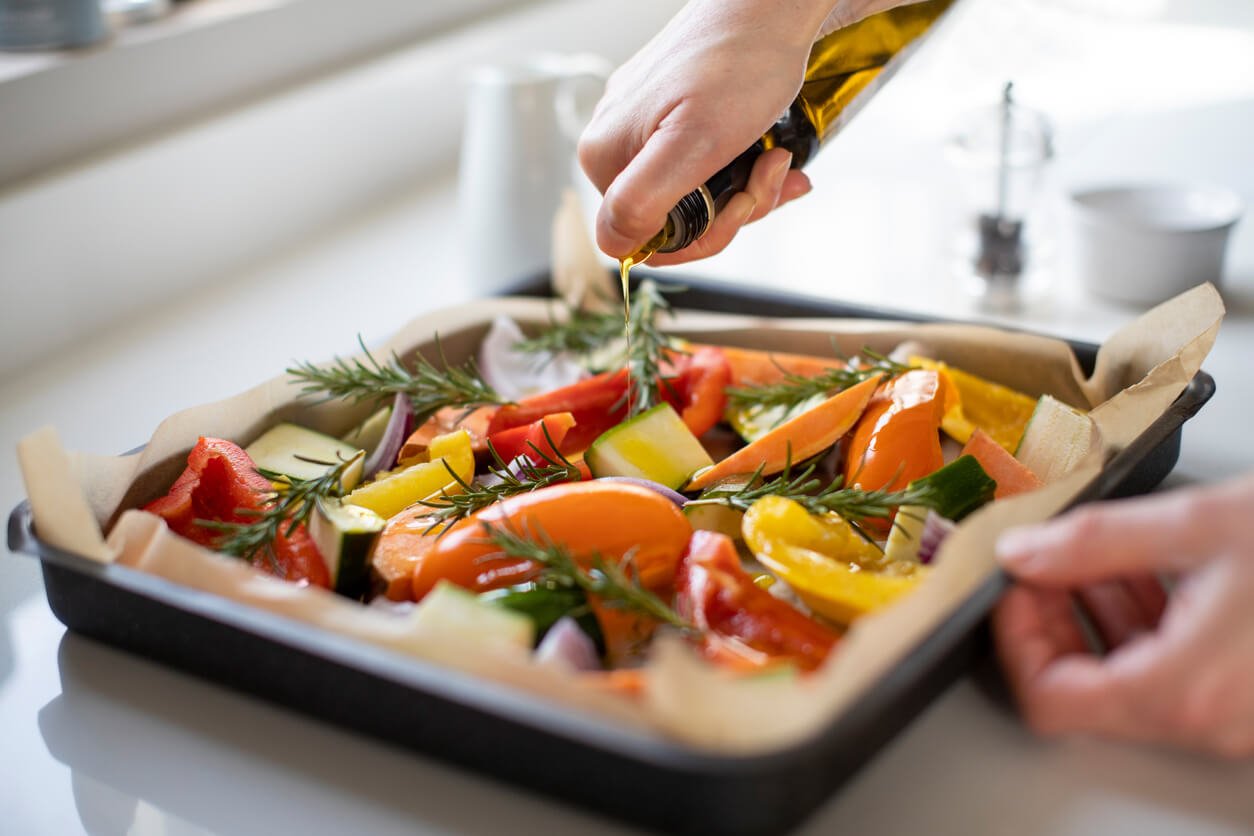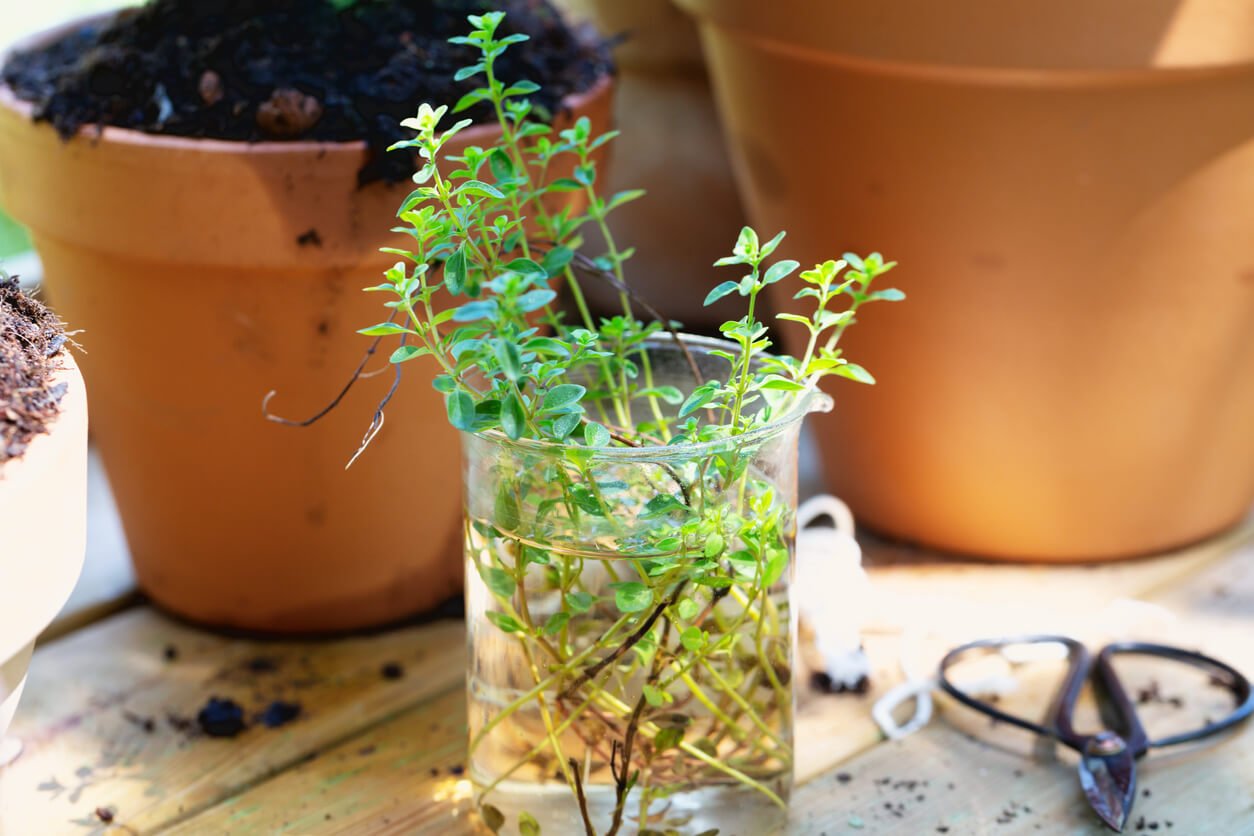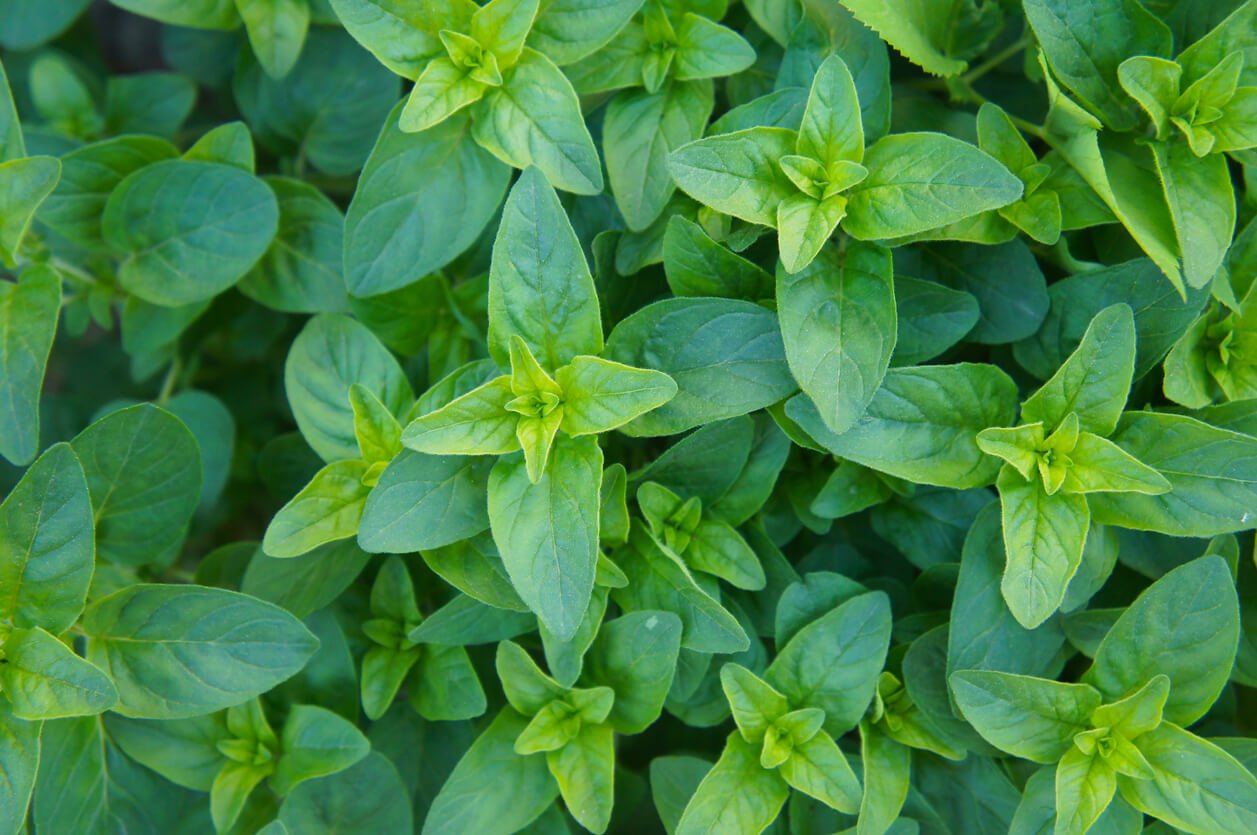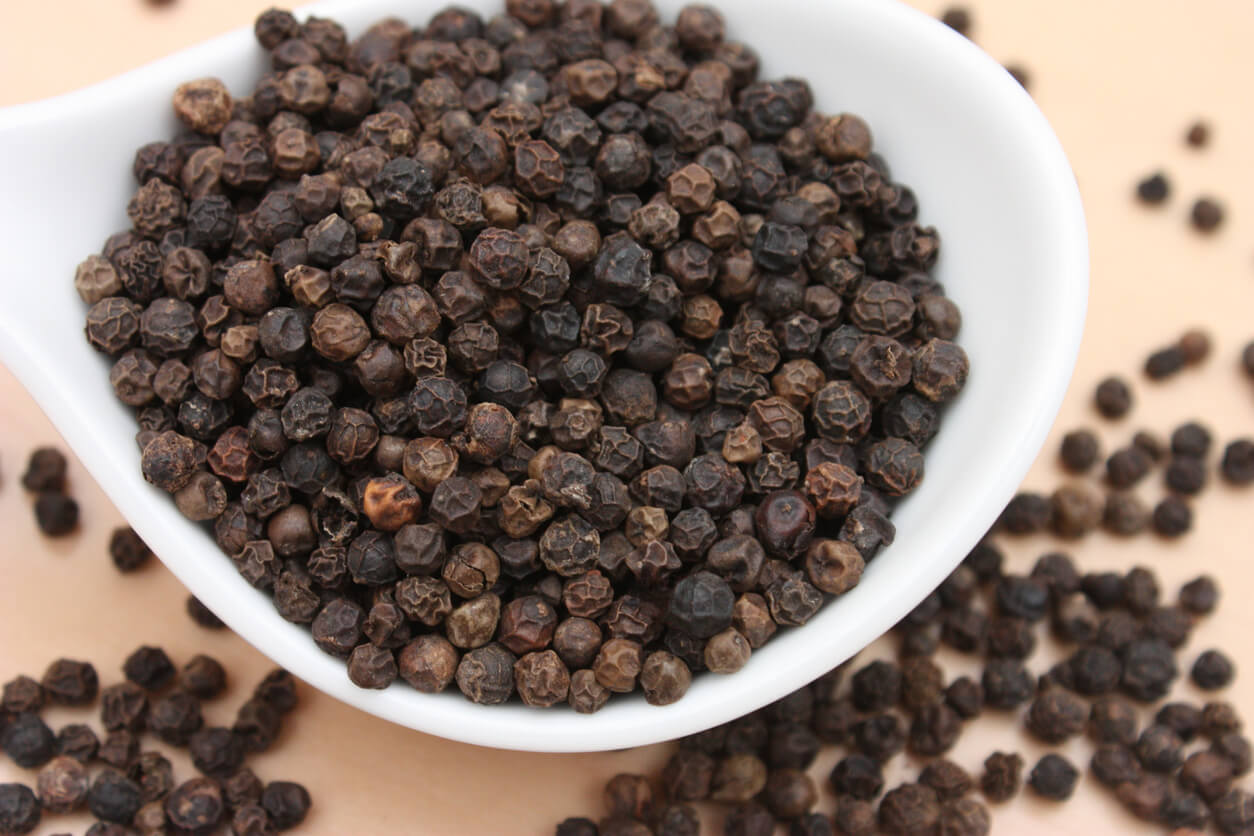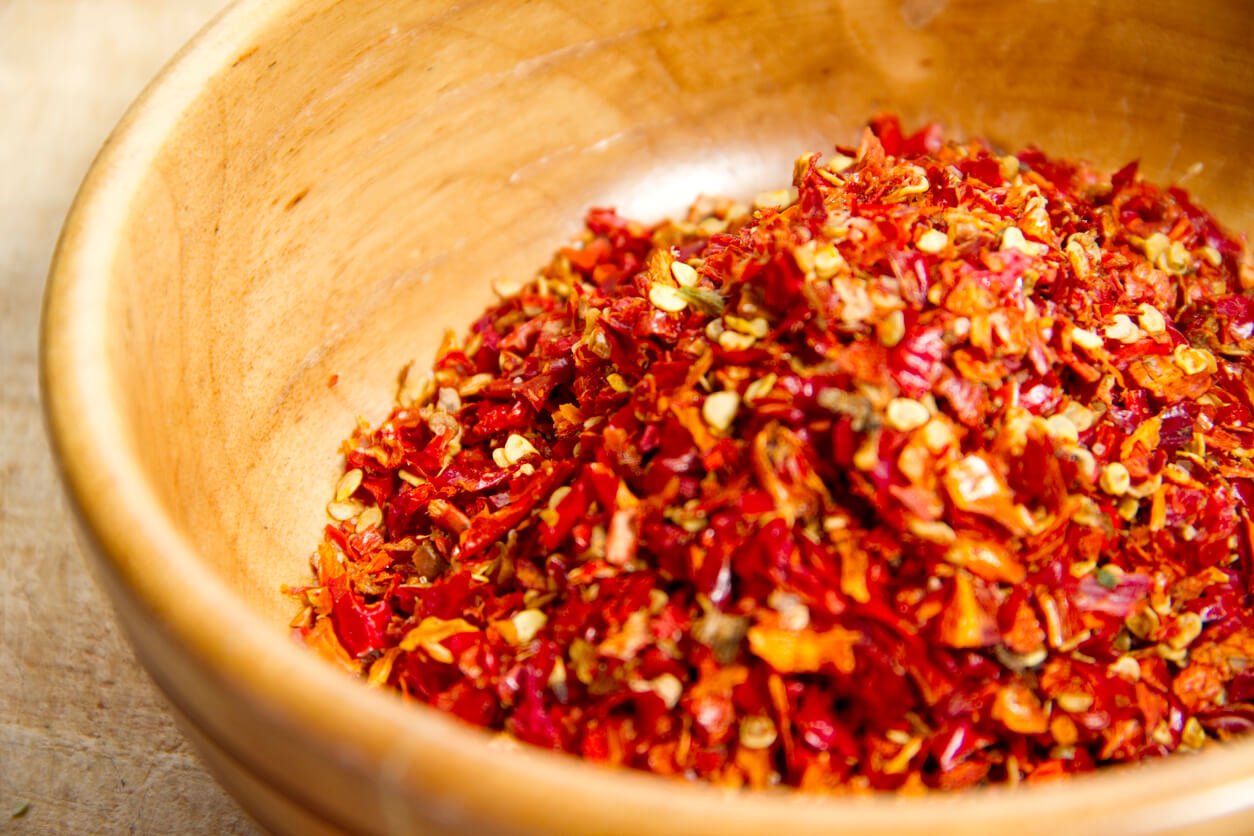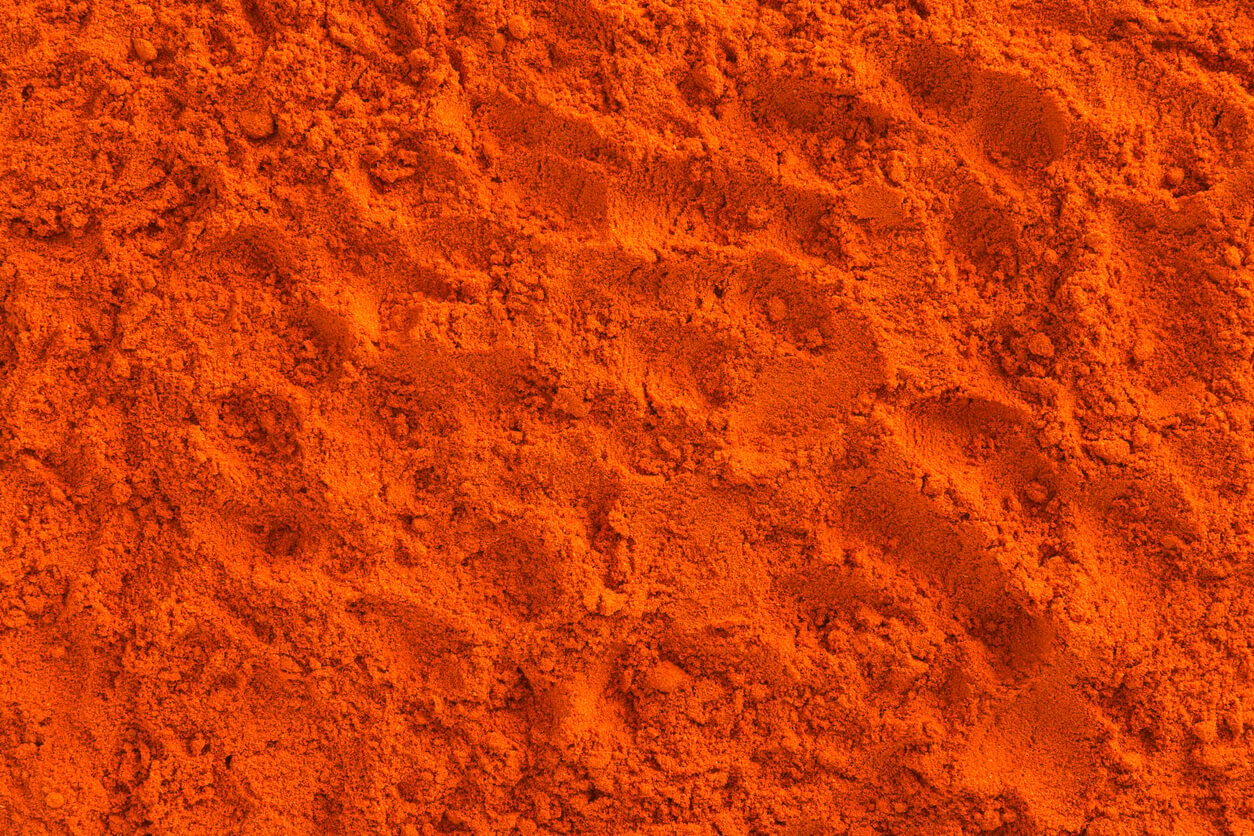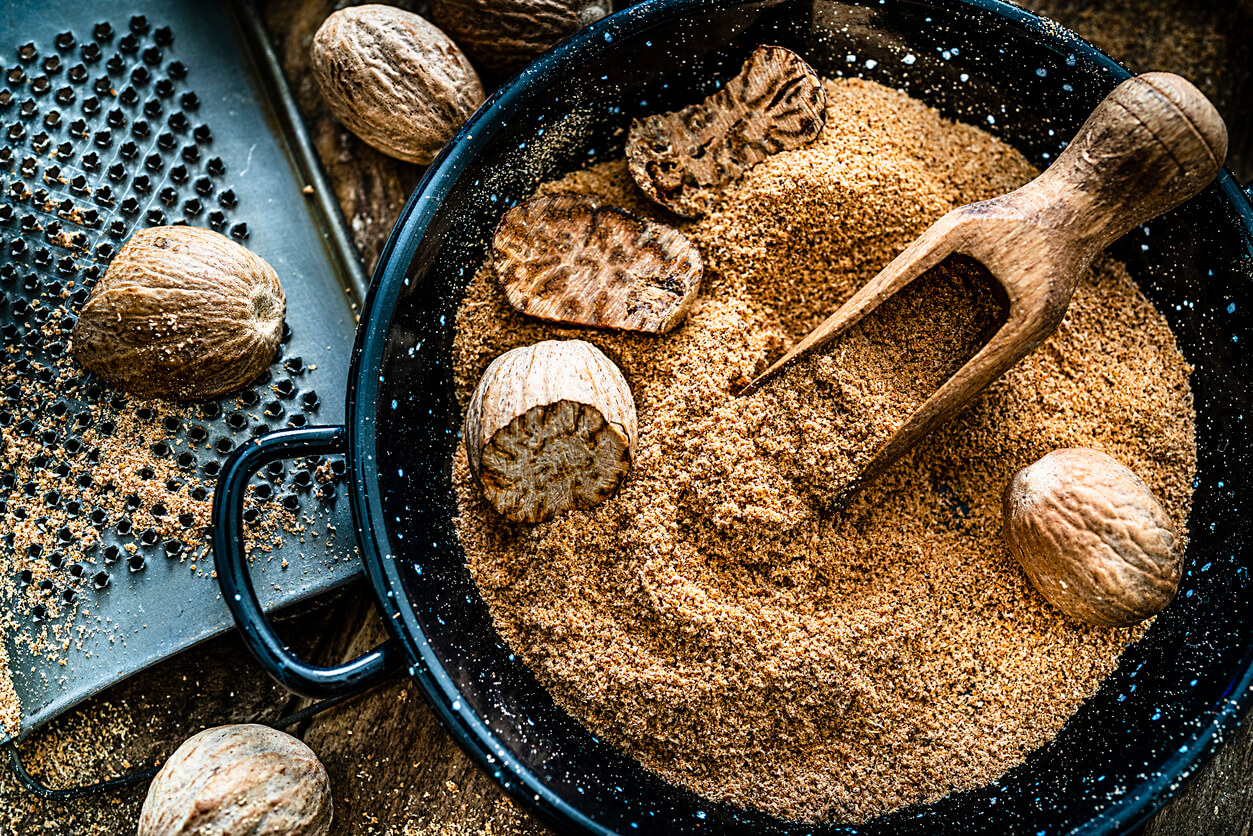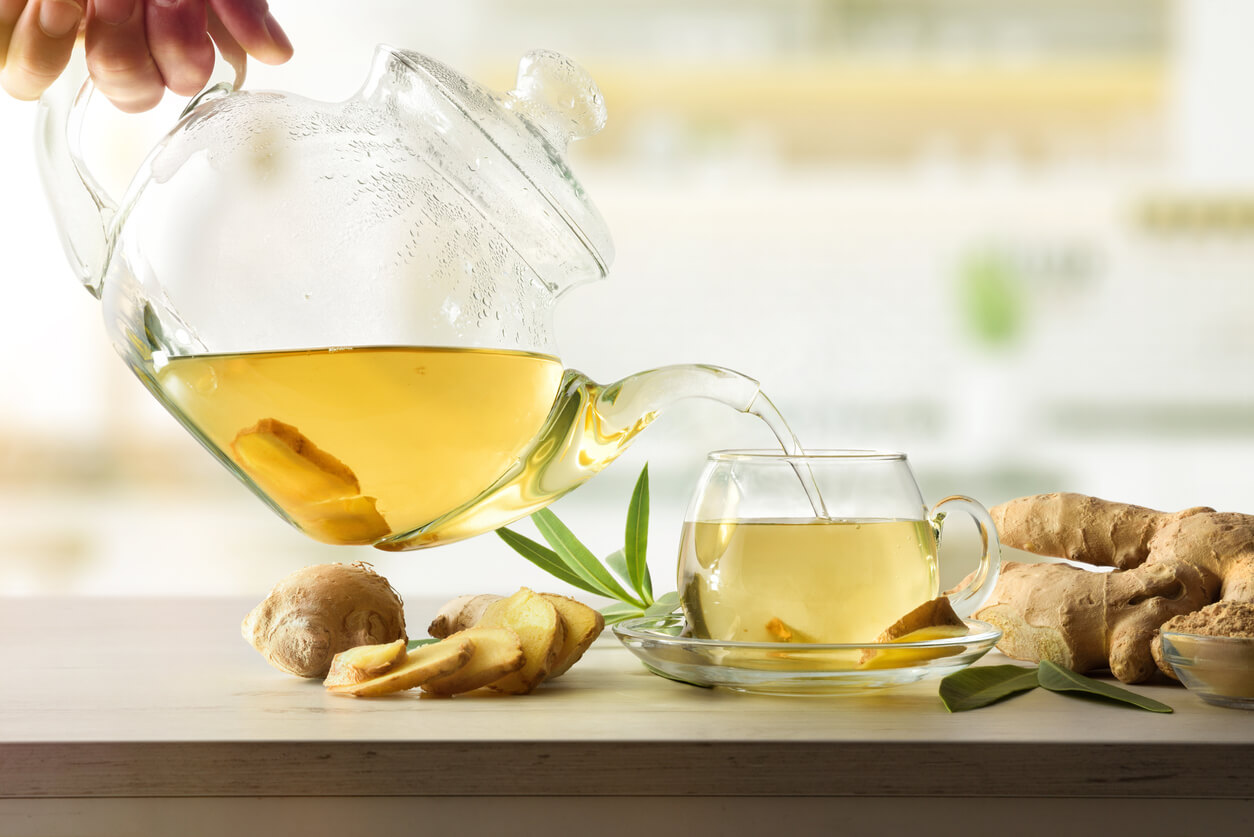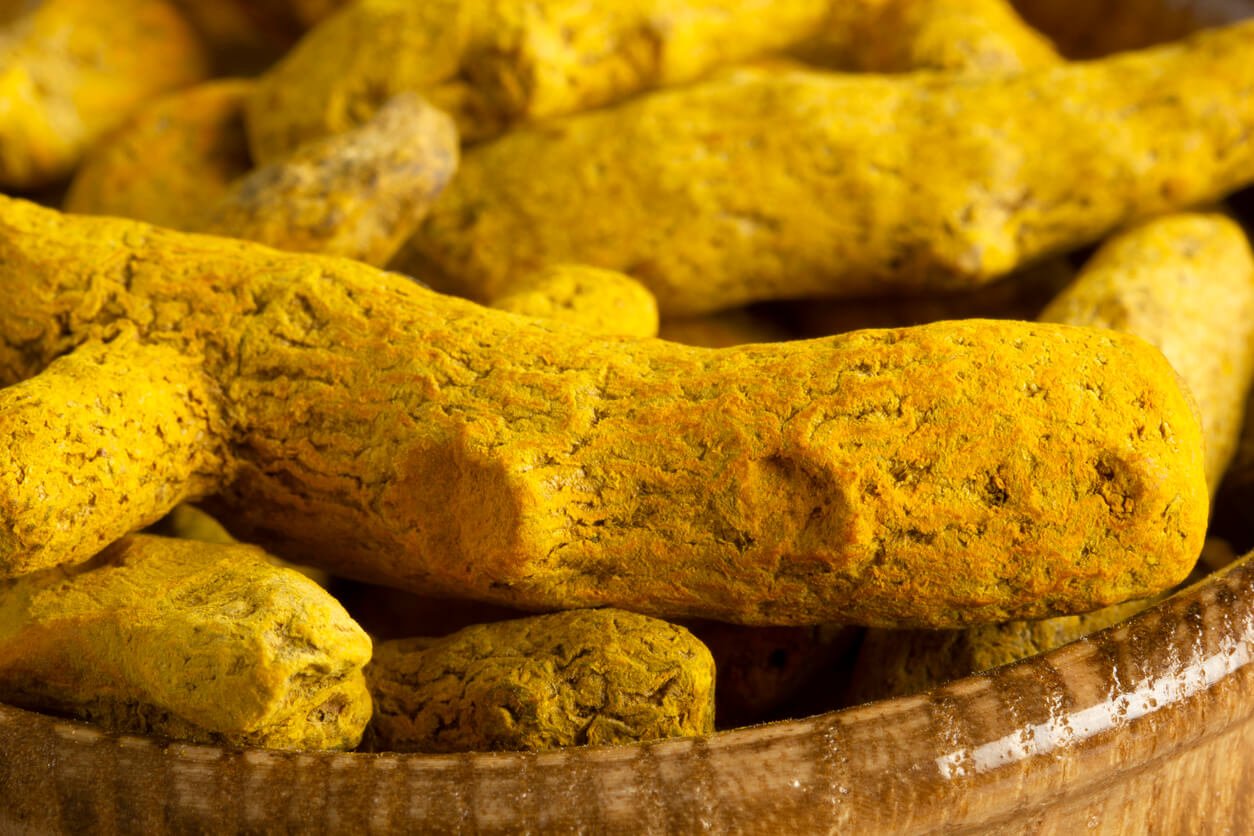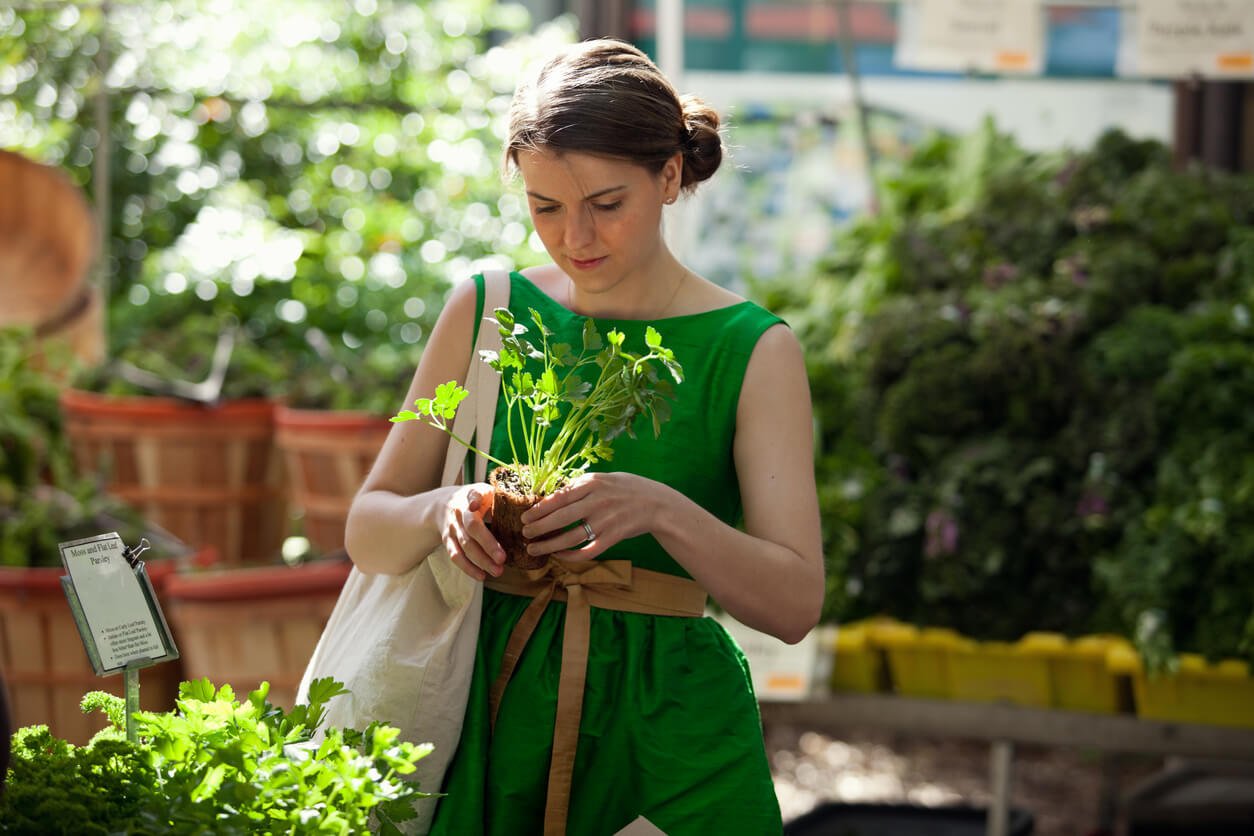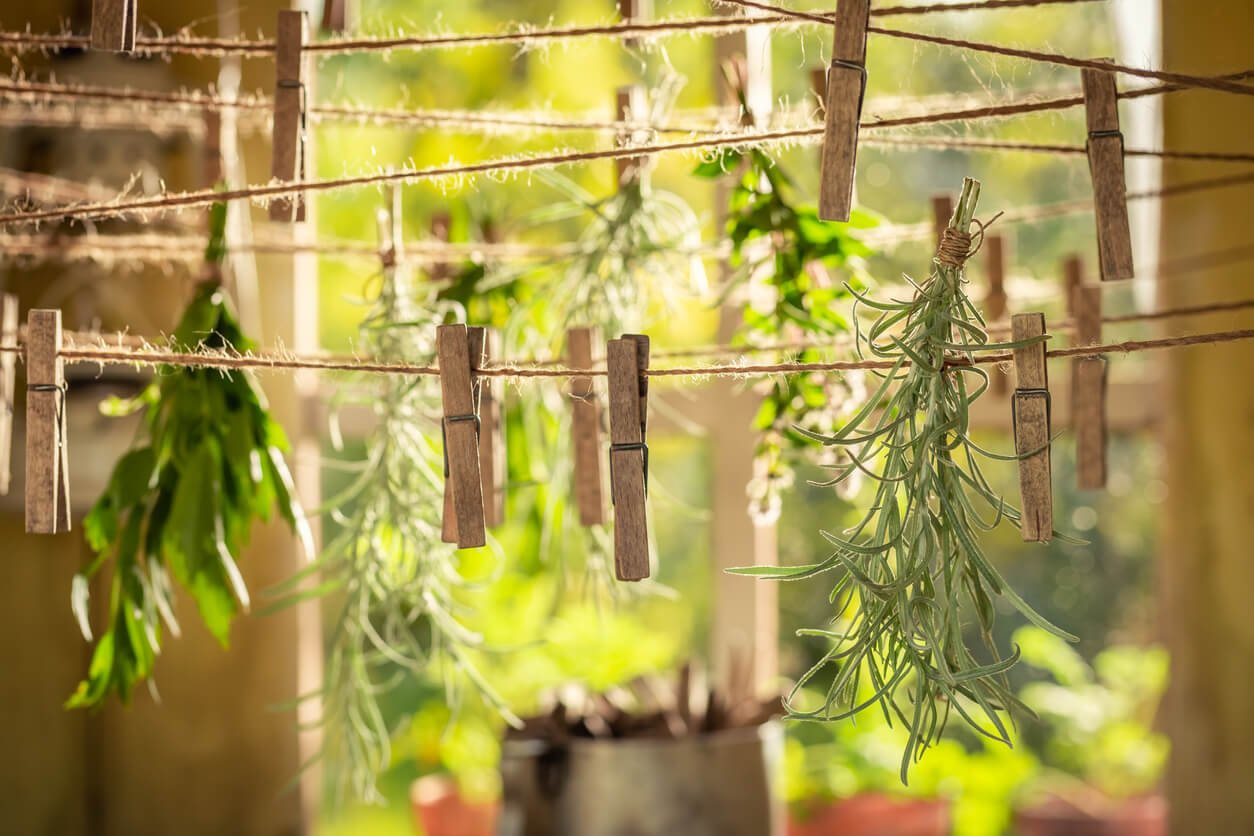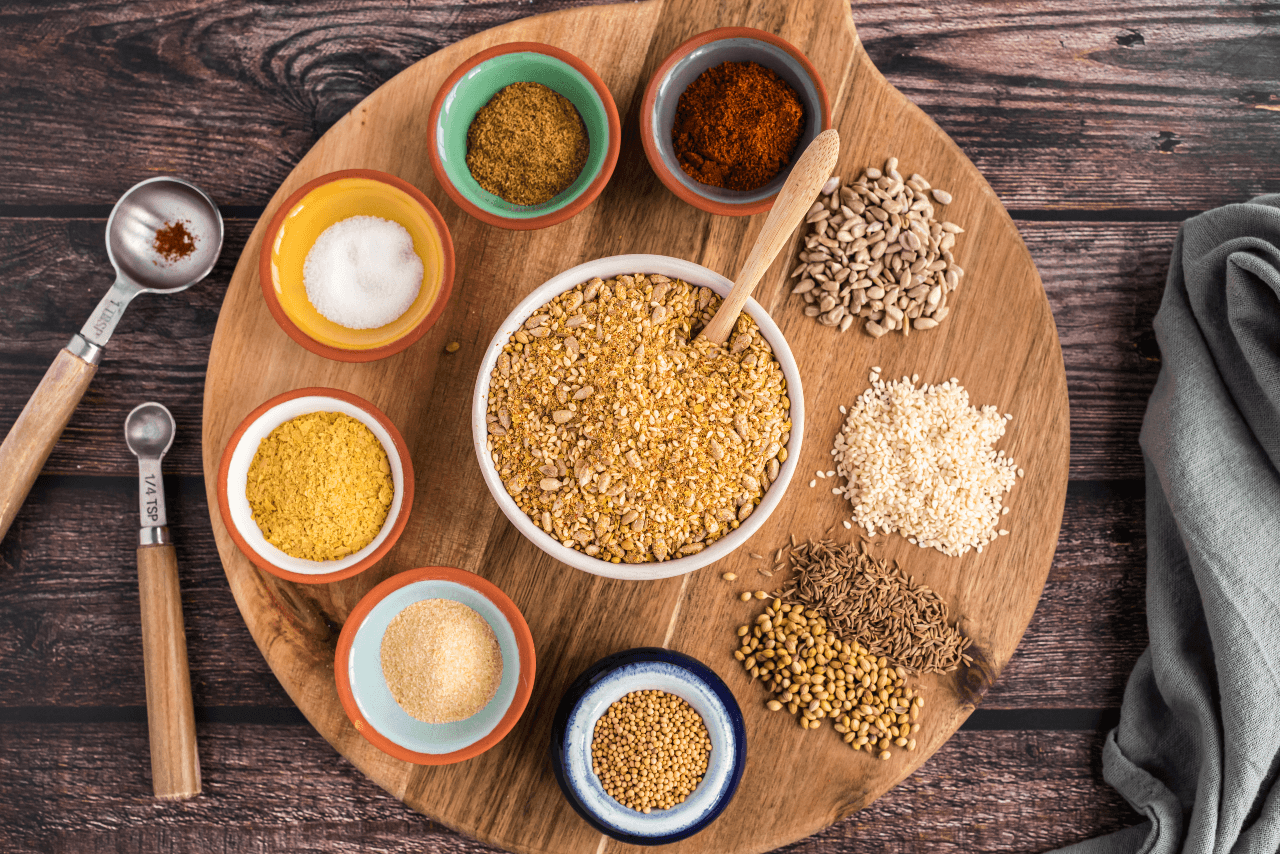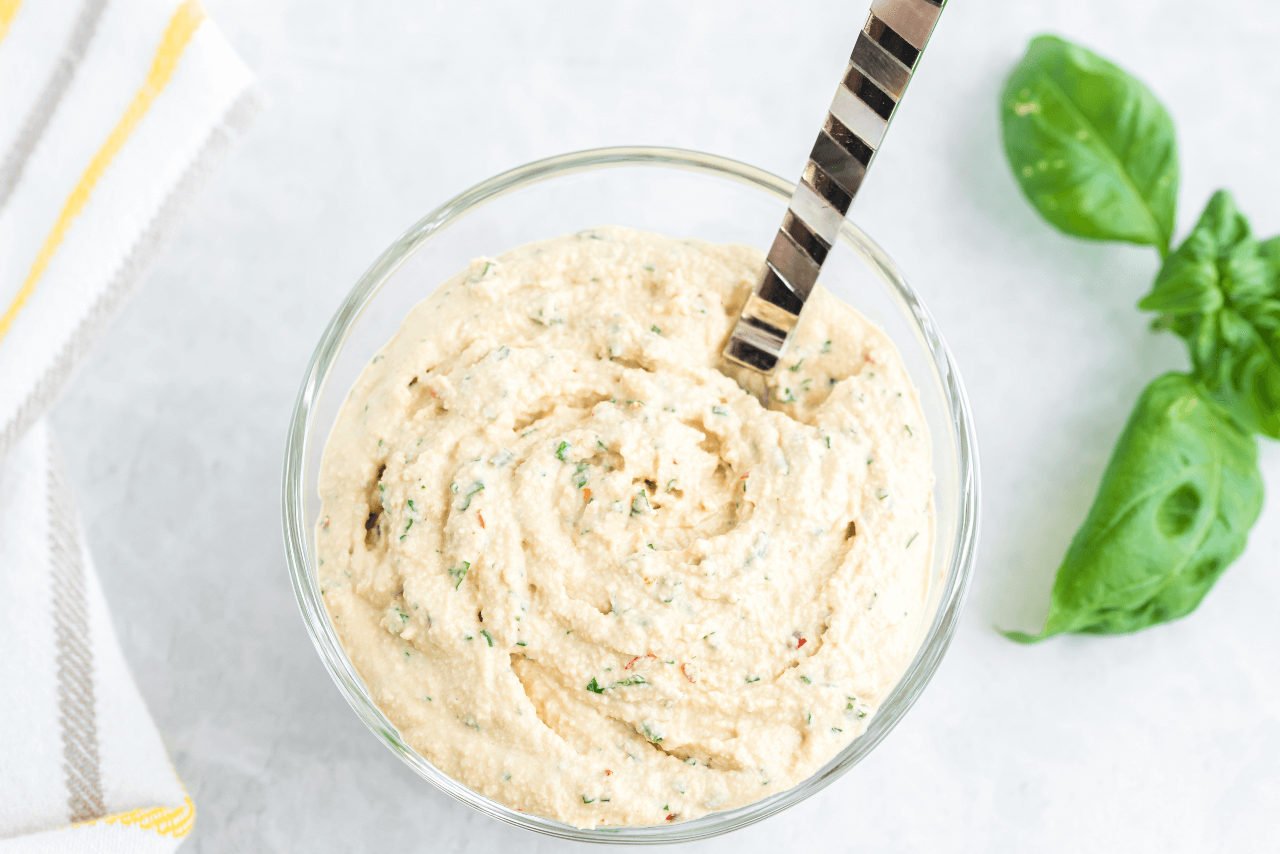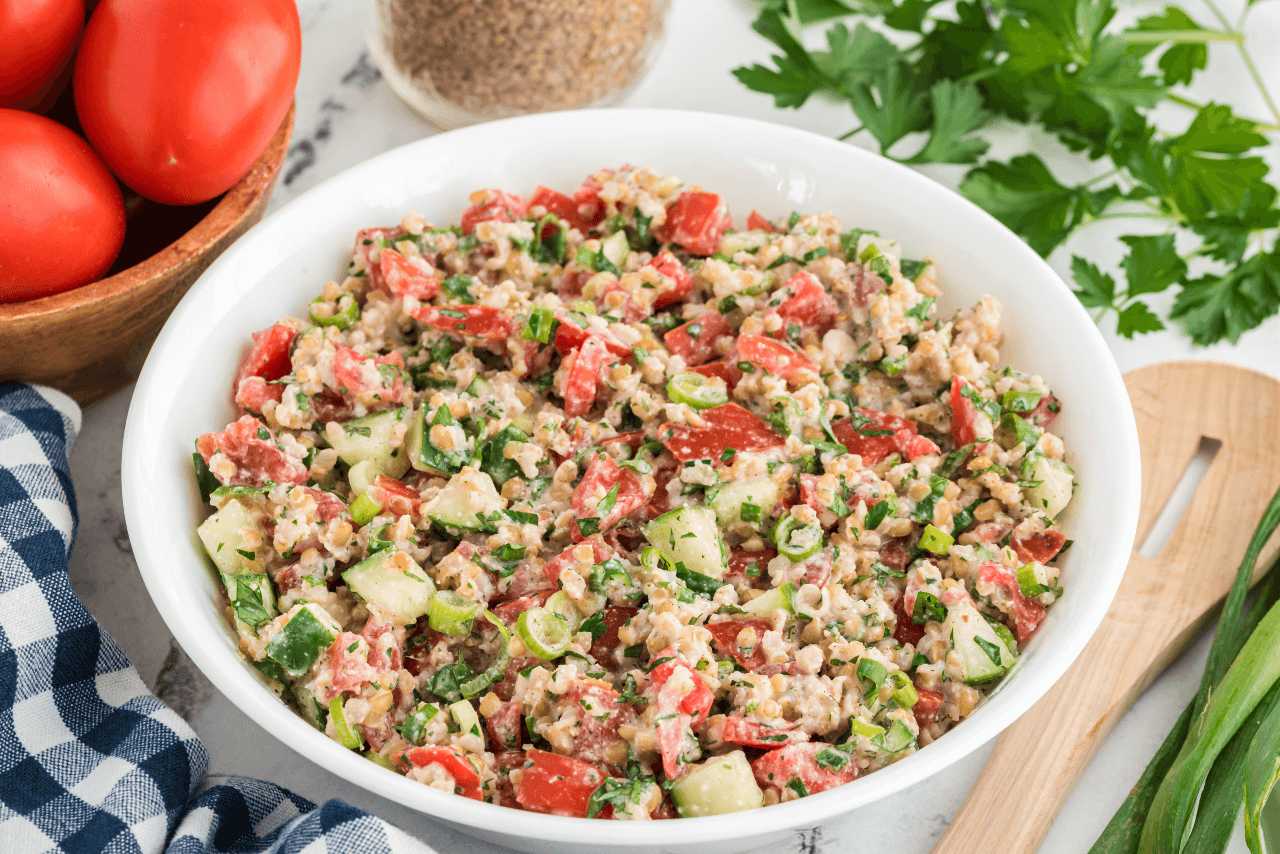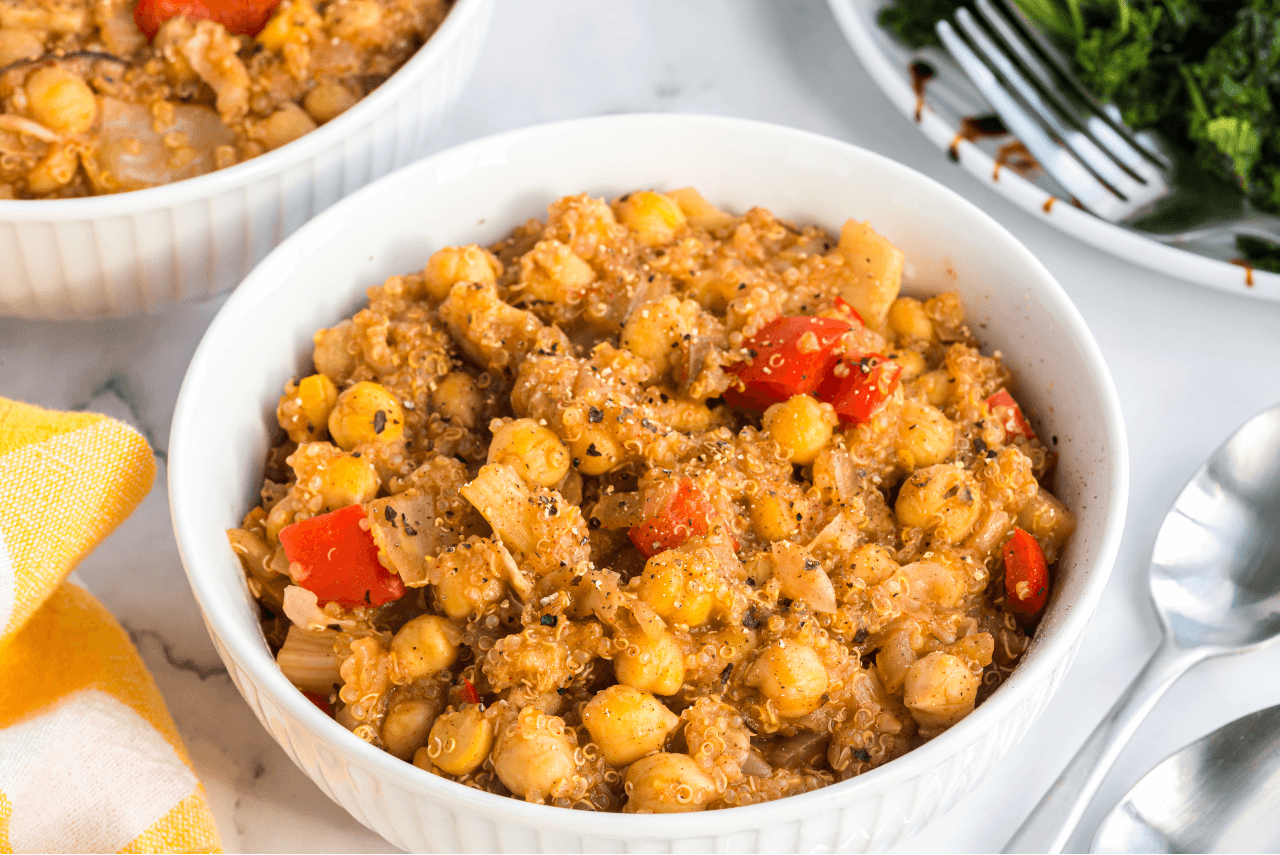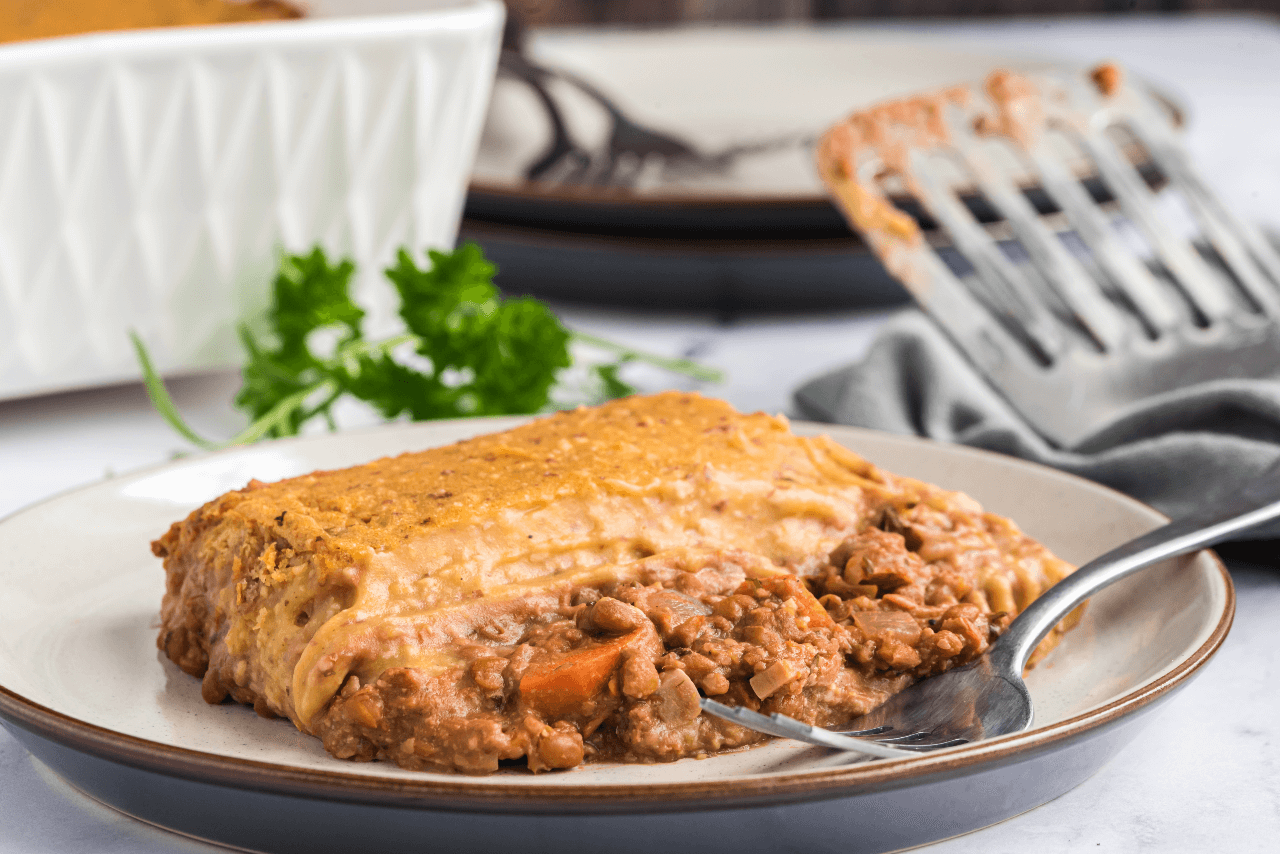By March 1995, the British girl band Touch was seemingly going nowhere. After a year of auditions, rehearsals, badly written songs, and disagreements with their producer, Heart Management, they were ready for a change. The five members of the band left Heart, making off with the master recordings from their office so that they could market themselves to a new management and production team. Focused like never before, Mel B, Mel C, Victoria, Emma, and Gerri wrote and recorded new songs, choreographed their dance moves, and in 1996, released what would become the best-selling album of all time by a female group.
Oh, and along the way, they changed their name to Spice Girls. And the album in question, featuring such hits as “Wannabe” and “Say You’ll Be There,” was called Spice. Unusual in pop music, the band members shared equally in writing and performing, blending their different styles into an energetic celebration of female empowerment.
You can emulate the success of Scary, Sporty, Posh, Baby, and Ginger Spice (their stage names) in your kitchen. You too can mix and match bright flavors, vibrant colors, and strong personalities to produce dishes fused with herbs and spices that please, excite, soothe, comfort, and heal the people you love.
The Power of Cooking with Herbs and Spices
One of the most challenging things about eating health-promoting food is that unhealthy processed food is engineered to be especially flavorful. Packed with excess salt, sugar, artificial additives, and unhealthy and often unnatural fats, these hyper-palatable, manufactured food products can overwhelm our taste buds and make fresh, healthy meals seem pallid by comparison.
Fortunately, we don’t have to choose between tasty and healthy. As long-time Food Revolution Network readers know, food can be both nutritious and delicious. We also have a powerful ally in our efforts to pump up the yumminess, mouthwatering aroma, and visual appeal of our meals — herbs and spices.
This isn’t exactly news — every culture around the world has its own unique spice blends, mixes, or associated culinary herbs. Think Herbs de Provence in France, or the staggering variety of Indian masalas and curries, or Ethiopian berbere (which means “hot” in Amharic). Pick a country or region, and you’ll find a distinctive flavor profile that comes from local herbs and spices.
What to Expect in This Guide
In our globally connected world, that means we who aspire to make healthy and delectable meals for ourselves and the people we care about have a lot more options, tools, and strategies for doing so when we get to know the amazing world of herbs and spices.
This article guide will provide a high-level, whirlwind tour of the spice kingdom. We’ll examine when to choose dried herbs and spices — and when fresh is best. You’ll discover when it’s practical to grow your own fresh herbs and spices, and which ones are suitable. You’ll also find out about storing and preserving herbs and spices for maximum shelf life. And you’ll be delighted and perhaps amazed at the culinary and health benefits of some of the most commonly used herbs and spices.
The Difference Between Herbs and Spices
Spices are generally the aromatic seeds, bark, flowers, and roots of plants, often those that grow in tropical regions. While herbs are generally from herbaceous plants (plants that lack woody stems), although some, like rosemary or bay leaf, do come from woody plants. Basically, herbs are leaves, and spices aren’t.
Fresh vs Dried Herbs
What’s the difference between fresh and dried herbs and spices? You might think that fresh is always better, and using dried is a compromise based on convenience. But it really depends on how you’ll be using them.
Dried Herbs & Spices
Dried herbs and spices are more concentrated and potent. A chef’s rule of thumb is that if you need to substitute fresh herbs or spices for dried, triple the amount. For example, one teaspoon of dried oregano equals one tablespoon of fresh.
Dried herbs and spices last much longer than fresh ones and typically come powdered, as in garlic, onion, ginger, and cinnamon, or in small pieces (oregano, basil, thyme, and rosemary, for example). You can also get whole spices: cinnamon sticks, vanilla pods, nutmeg nuts, cumin and coriander seeds, and the like. While pre-ground spices are more convenient, buying them whole and grinding them yourself as needed will add more flavor to your dishes.
Store dried herbs and spices in airtight containers, preferably made of glass. Keep the jars away from sunlight, which can degrade their potency. Instead, store them in a cool, dark, dry place like a pantry, kitchen cabinet (though not right above your stovetop), or drawer.
For dishes that call for spice blends, you can buy them premade, or start with the ingredients and mix your own according to your preferences. You can find, for example, thousands of garam masala recipes online, each with a different ratio of cinnamon to coriander to cardamom to cloves to cumin to chilis (sorry, furry blue Sesame Street monster, C is for spice blend).
If you rely on commercially prepared blends, you will find it easier to incorporate a bunch of spices all at once, but you may never achieve the perfect combination for your taste buds. If you keep each individual spice in a jar in your spice cupboard, however, you can mix and blend until you’re thrilled with the result.
Fresh Herbs & Spices
Fresh herbs may be “fresher,” but unless you use them up quickly or store them properly, they can go to waste. It can be demoralizing to buy a delicious-smelling sprig of fresh dill or rosemary at an upscale market, take it home, and have to toss it, unused, a few days later.
Fresh herbs work well in raw dishes, such as salads, or as garnishes for cooked dishes. They don’t typically hold up in cooked dishes because 10 to 15 minutes of heat will cook away all the volatile oils and esters that give the fresh herbs their flavor. That said, certain herbs, such as parsley, tarragon, and chives, are superior when fresh; when dried, they don’t add much flavor to a dish.
Fresh root spices like ginger, turmeric, and garlic, are best stored on a counter or in a cool dark place until you’re ready to cut them. Once cut, place them in a breathable (not airtight) bag and store them in your refrigerator’s crisper drawer.
To store fresh herbs, clip off the bottom of their stems, remove any wilted or brown leaves, and put them in a glass container with about an inch of water at the bottom, like you would flowers. (I think a vase full of basil says “I love you” better than long-stem roses any day, and I’m pretty sure my wife would agree!)
Unlike that flower bouquet, store your fresh herbs in the fridge and change the water every couple of days. Otherwise, you will start to experience the questionable aroma of “eau de swamp.”
Benefits & Uses of Popular Herbs and Spices
With the basics out of the way, let’s explore the wide world of herbs and spices. We’ll look at 18 of the most widely available in the US and many other parts of the world, including their health benefits, and where you can use them in your cooking.
Parsley
Health benefits: Parsley, aka Petroselinum crispum (which sounds like the name of the magical, weird kid in a semi-dystopian Young Adult novel), is known for its efficacy in treating hypertension, diabetes, cardiac, and kidney diseases. It has antioxidant and antibacterial activities that are useful in treating bladder infections such as UTIs, kidney stones (nephrolithiasis), gastrointestinal (GI) disorders, constipation, cough, and asthma. Parsley may also be effective in helping to treat colon, breast, and lung cancer. Given its long history in traditional pharmacopeias around the world — especially in its home region, the Mediterranean basin — that’s probably the tip of the iceberg of its benefits. (For more on the health benefits of parsley, see this article.)
Culinary uses: Use fresh parsley in salads, in pestos and other sauces, and as a garnish on a variety of dishes like soup, tofu scrambles, and chickpea omelets.
Cilantro/Coriander
Health benefits: This herb (cilantro refers to the fresh leaf) and spice (coriander is the dried seed) is another health superstar, with a long list of benefits. It displays antioxidant, anticancer, neuroprotective, anxiolytic, anticonvulsant, analgesic, migraine-relieving, hypolipidemic, hypoglycemic, hypotensive, antimicrobial, and anti-inflammatory activities. One of the main active ingredients in Coriandrum sativum is called linalool (don’t you just love the sound of that?), which is in many perfumed hygiene products like soaps, shampoos, and detergents.
Culinary uses: Fresh cilantro is often used in Mexican and Thai cuisine — mix it into salsa or guacamole or use it as a garnish for Pad Thai. Coriander — whole seeds and ground — frequently appears in Indian and other Asian cuisines, especially in soups and curries.
If you are, or someone you are preparing food for is one of the numbers of people who just hate cilantro or think it tastes like soap (there are actually “I hate cilantro” clubs), some of the best substitutes for fresh cilantro include parsley, dill, and various mixtures of different herbs.
Mint
Health benefits: Belonging to the genus Mentha of the Lamiaceae family, mint includes several varieties of peppermint, spearmint, pineapple mint, and the tantalizingly named Cuban or “mojito” mint, which is another health powerhouse. Plants in the mint family exhibit antimicrobial and beneficial GI and nervous system effects, largely due to its main constituent pulegone, as well as menthol, the compound that gives mint its distinctive aroma. If you’ve ever used Vicks VapoRub, you’re familiar with menthol’s ability to clear sinuses.
Culinary uses: Use it in beverages like mint tea or mocktails, in raw leafy salads or fruit salads, and in popsicles. It’s also great in cold summer soups and gazpachos, such as those made with watermelon and cantaloupe.
Basil
Health benefits: Basil, whose name comes from the Greek basilikon, meaning “royal plant,” also confers a wide variety of health benefits. Another member of the Lamiaceae family, basil, displays antioxidant, antiviral, antibacterial, antimutagenic, and anti-allergic properties. One of its cousins, tulsi, also known, perhaps presumptuously, as holy basil, is a popular herbal tea remedy that has shown promise in the treatment of several cancers.
Culinary uses: Dried basil flavors some of the most iconic Italian dishes, such as pastas and pizzas, via its inclusion in classic, tomato-based sauces like marinara, puttanesca, and Pomodoro. Fresh basil is the main ingredient in many pestos, and also complements fruit salads and vegetable side dishes. To expand beyond Italian flavors, you can have fun growing and experimenting with purple basil, lemon basil, holy basil, cinnamon basil, and more.
Dill
Health benefits: The dill plant gives us both an edible leaf (dill weed) and fruit (dill seed). It has strong antioxidative, anti-inflammatory, and immune-supporting properties.
Culinary uses: Fresh dill is famous for its role in flavoring dill pickles, as well as potato salad and other hearty summer salads. Fresh and dried dill weed adds piquant punch to many sauces and dressings — and brings out the sweetness of fresh and roasted veggies. Like coriander and cilantro, dill weed and seed are not substitutes for one another. They do, however, both appear in certain foods, such as sauces, pickles, and salad dressings.
Sage
Health benefits: Sage is another herb family that comprises multiple varieties, each with its own aromatic and flavor profile and set of health benefits. One clue as to its power comes from its botanical name, Salvia, which derives from the Latin for “health” (as in salutary, salubrious, and the Italian drinking toast “salute”). Sage has been shown to aid in pain relief, protecting the body against oxidative stress, free radical damages, inflammation, as well as bacterial and virus infection. It also blocks carcinogenic angiogenesis, a process by which cancerous tumors feed themselves by creating new blood vessels. Sadly, though, I haven’t been able to find evidence in the medical literature that consuming sage will make you into a wise and venerated philosopher.
Culinary uses: Add dried and powdered sage leaves to sauces, mocktails and teas, baked breads, and holiday stuffings.
Rosemary
Health benefits: Rosemary, which has long been associated with remembering the dead, (perhaps because its aroma lingers so strongly) and got a shout out as such by Ophelia in Shakespeare’s Hamlet (“There’s rosemary; that’s for remembrance”), can help us not only recall the dead, but also help to keep us from joining them. Rosemary has robust anti-inflammatory, antioxidant, antimicrobial, antiproliferative, and antitumor properties.
Culinary uses: Use fresh and dried rosemary in soups, sauces, marinades, and dressings, as well as in pasta and veggie dishes. It’s best to chop up rosemary before use, especially when it’s dried.
Thyme
Health benefits: Thyme has a long and storied history as a medicinal herb. The Roman writer Virgil noted that thyme was an antidote to fatigue, while the 17th-century herbalist Nicholas Culpepper prescribed it against nightmares. These days, science has determined that thyme is a potent anti-inflammatory, antioxidant, antimicrobial, and antiseptic agent.
Culinary uses: Use fresh and dried thyme in soups, sauces, marinades, and dressings — and in pasta and veggie dishes. When used fresh, it can be added earlier in the cooking process than other fresh herbs. Its oils hold up better in heat, and its flavors will infuse the dish. Thyme is also essential to Bouquet Garni and Herbes de Provence blends.
Oregano
Health benefits: Oregano is not just a great pizza spice; it also has antimicrobial activity, antiviral, and antifungal properties. It’s also a potent antioxidant, anti-inflammatory, antidiabetic, and cancer-suppressing agent. If it weren’t a common herb that’s easy to grow indoors and out, and could be patented (which thankfully it can’t), some pharmaceutical company would have a blockbuster bestseller on its hands!
Culinary uses: Mix dried or fresh oregano into sauces for Italian dishes like pasta, parmigiana, and pizza. Add it to chili powder, salad dressings, marinades, cashew cream sauces, and tofu ricotta.
Black Pepper
Health benefits: Black pepper is an extremely common table spice that boasts powerful healing powers. It is antioxidant, antimicrobial, anti-inflammatory, gastro-protective, and antidepressant. Combine black pepper with turmeric to increase curcumin’s (see below) bioavailability.
Culinary uses: Black pepper comes in two main forms: whole peppercorns and ground pepper. You can add whole peppercorns to soups and stews. They can be extremely strong, so one way to do this is to include them in a sachet of cheesecloth so they impart flavor and can be removed from the finished dish. Ground pepper is a sharp seasoning for just about any savory dish, as well as salad dressings, sauces, and marinades.
Chili Pepper
Health benefits: Chili peppers can help with the prevention of various chronic diseases, including cancers, cardiovascular diseases, and type 2 diabetes, principally due to their anti-inflammatory and antioxidant effects.
Culinary uses: Chili peppers are a beloved part of many different cuisines. The dried and ground form of chili pepper is used in blends to season dishes like chilis, Thai curries, Indian dals, and Ethiopian wots. Ground chili pepper adds varying levels of heat and pungency (depending on the variety of chili pepper) to just about anything.
Cinnamon
Health benefits: In addition to being one of the signature scents in pumpkin spice, cinnamon offers significant health benefits. It’s been shown to be an antioxidant, anti-inflammatory, antidiabetic, antimicrobial, anticancer, lipid-lowering, and cardiovascular-disease-lowering compound. Cinnamon also appears beneficial in the treatment of neurological disorders.
Culinary uses: Cinnamon is another globally-loved spice. In the US, sweet dishes, like pies, quickbreads, oatmeal, cookies, and mulled cider are where you’ll most likely find it. Cuisines from other countries take advantage of its sweet, warming, and spicy flavor profile in savory dishes, as well. Add it to chilis, soups, fruit salsas, roasted root veggies and winter squash, lentil braises, vegetable tagines, Jamaican jerk creations, biryanis, and mole poblano. You can also buy or make your own cinnamon-containing spice blends like garam masala, Chinese five-spice powder, and baharat.
There are different types of cinnamon, with different flavors and health properties. Ceylon cinnamon is sometimes colloquially known as “true cinnamon” because it is the healthiest type, and is also widely considered to be the most delicious. Why is it healthier? Because different forms of cinnamon contain dramatically different amounts of a compound called coumarin, which is toxic to humans in high doses. Cassia cinnamon has the most coumarin, while Ceylon cinnamon has the least.
Cumin
Health benefits: Cumin has been used in traditional medicine for millennia to treat a variety of diseases, including hypolipidemia, cancer, and diabetes. It also improves digestion and cognition. (For more on the health benefits of cumin, see this article.)
Culinary uses: Cumin predominates in a wide variety of cuisines, ranging from Latin American, Middle Eastern, African, and Indian. It’s used as both a whole seed, often dry roasted at the beginning of cooking to release its oils and aromas, as well as a ground powder. You’ll find cumin in curries, taco seasonings, chili, and spreads like hummus and guacamole.
Paprika
Health benefits: Paprika, or the powder from certain dried peppers, is rich in antioxidants. It may be helpful for lowering the risk of diseases caused by oxidative stress, similar to the effects of chili powder.
Culinary uses: Spanish and Hungarian cuisines use different types of paprika; Hungarian is sweeter and Spanish hotter. There’s also smoked paprika, which is awesome in plant-based versions of traditional smoked meats such as bacon. You can use any kind of paprika as seasoning on hummus and in rice, in sauces, on potato salad, and in soups and stews.
Nutmeg
Health benefits: Nutmeg has been used in traditional remedies for stomach and kidney disorders; and has antioxidant, antimicrobial, and central nervous system effects.
Culinary uses: Originating in Indonesia, nutmeg first reached European palates in the 17th century following the establishment of a trade route to an island in the Banda Sea. It’s popular in desserts (often playing a supporting role in pumpkin spice blends), hot beverages, oatmeal, and a seasoning for root vegetables. The thin coating of the nutmeg is a spice in its own right, known as mace.
Ginger
Health benefits: Ginger’s widespread use as a folk remedy for all kinds of ailments is being confirmed more and more by modern science. It’s given to reduce nausea and vomiting during pregnancy, quell inflammation, lessen the impact of metabolic syndrome, improve digestive function, treat migraines, and treat and even reverse some cancers. (For more on the health benefits of ginger, see this article.)
Culinary uses: Ginger is at home in both sweet and savory dishes. It’s a popular flavoring in desserts, curries, and stir-fries. Steeped, it makes a tasty medicinal tea, and pickled ginger is used as a palate-cleansing condiment in some Asian cuisines.
Onion and Garlic
Health benefits: These awesome members of the allium family could open their very own pharmacy. They’ve been shown to reduce the risk for cardiovascular diseases, as well as possess antitumor and antimicrobial effects. They’re also beneficial for the management of blood glucose levels. (For more on the health benefits of the allium family, see this article.)
Culinary uses: When we’re talking savory, it’s probably quicker to list all the dishes where onions and garlic don’t belong. Umm, not sure I can think of any. These delicious roots are stars or supporting actors in just about every cuisine; stir-fries, grain bowls, fajitas, soups, stews, chilis, pasta dishes, casseroles, and so on. Milder variants, like red onions and elephant garlic, can spice up salads of all kinds. And the powdered versions — including onion and garlic powders, granulated onion, and garlic salt — provide convenient ways of getting the flavor of these roots into your cooking without having to chop or cry.
Turmeric
Health benefits: We’re learning more about the healing power of turmeric just about every day, it seems. This 2017 review article, with its 63 references, is already out of date as scientists explore the benefits of turmeric’s primary active ingredient, curcumin. We already know that it can improve inflammatory conditions and metabolic syndrome, reduce pain, help in the management of inflammatory and degenerative eye conditions, benefit the kidneys, and provide global antioxidant and anti-inflammatory effects. (For more on the health benefits of turmeric, see this article.)
Culinary uses: Turmeric is used both for its flavor and ability to add a vibrant yellow hue to dishes. It’s popular in Indian and South Asian cuisines, where it’s added to curries, beverages, soups, grain, and roasted vegetables. Plant-based cooks add a pinch to scrambled tofu to give the dish the hue of scrambled eggs. And some people even enjoy it in dishes that lean towards sweetness, such as smoothies and juices.
Where to Buy Fresh and Dried Herbs and Spices
Fresh
You can find fresh herbs in two main forms: cut and in the form of potted plants. The advantage of the latter is that if you can keep it alive, you can keep harvesting cuttings to use in your cooking. The disadvantage is, you have to keep it alive, which means getting the right amount of sunlight, having a regular watering schedule, keeping it in the appropriate temperature range, and potentially repotting it as it grows.
Fresh herbs are highly perishable and tend to be more expensive than dried, so buy only what you will need. You can freeze some for later use, but they’re often a pain to label and store in the freezer (“Honey, is this parsley, cilantro, or compost?”).
Find fresh-cut herbs at farmers markets, co-ops, and some grocery stores. Whole herb plants can be found at plant nurseries and garden centers. Food co-ops and farmers markets will also often offer herb starts, or seedlings, at the beginning of the growing season.
Choose fragrant herbs with brightly colored and fresh-looking leaves that are free of brown spots.
Get your fresh spices, especially the common roots like garlic, onion, and ginger, as well as turmeric, at grocery or natural foods stores. You can also find them at farmers markets and ethnic markets, such as Indian, Central American, and Asian grocery stores. Some cities are large enough to support specialty spice markets and stores (as is the internet, if you don’t live in such a metropolis).
Dried
Dried herbs and spices are available from many different outlets, including supermarkets, natural food stores, ethnic markets, herb and tea shops, and online. Heck, you can buy jars of herbs at the general store on the outskirts of pretty much any national park in the US.
When buying dried herbs, select small containers, so you can use them up within a year. I know the 55-gallon drum of organic basil at Costco can seem like a sweet deal, but unless you’re planning on opening a national chain of pizza restaurants, stick to small containers that you can refill as needed.
You can judge the freshness of spices by their bright, rich color and strong aroma. As with herbs, always purchase in small quantities to ensure you have fresh spices to cook with. And if there’s a spice or herb that you haven’t used much lately, get in the habit of opening the jar and giving it a sniff occasionally to see if it still has any oomph. Passionate chefs replace their old spices on an annual basis.
Spice prices can vary depending on the spice itself, as these can differ wildly in terms of availability and the amount of labor required to grow and harvest them. Saffron, for example, is extremely expensive as it is very labor-intensive to pick and process. And the crocus flowers, from which it comes, bloom for only one to two weeks per year. If you’re in the mood (and I don’t know why you would be), you can pick up a kilogram of saffron on Amazon for $3,500.
If you’re new to the wonderful world of herbs and spices, choose ones you’re familiar with to start, and branch out as you gain experience and confidence.
Growing Herbs and Spices at Home
Growing herbs and spices at home can save you money and allow you to have the freshest possible ingredients, whether you use them fresh or dried.
Growing Herbs
You can grow herbs indoors in containers. You don’t have to get fancy and splurge on terra cotta pots; pretty much any container will work, as long as the soil stays in and the water can drain out. Outdoors, you can grow herbs in containers on a porch or patio, in veggie boxes, or by sowing them directly into the soil in raised beds or traditional garden plots.
Most of the herbs we’ve looked at here need partial to full sun; that is, a minimum of four to eight hours per day. Leafy varieties such as oregano and basil like loamy soil, while the woodier ones like rosemary prefer a mixture of loam and sand. Water your herbs a little every other day when the soil gets dry, rather than one heavy watering a week.
Growing Spices
You can also grow some of your own spices, some of them pretty easily. And you’ll likely find the quality to be higher than anything you can buy commercially, to say nothing of the satisfaction.
You can even grow saffron crocuses indoors, although you’d need two football fields worth, and a lot of patience, to get a single kilo.
If you live in a cooler region, you may need to start seeds indoors. If you want to grow ginger, you might have to grow it indoors in a container to maintain the tropical temperatures it likes.
Spice plants are pickier, in general, than herbs, with more varied soil, sun, temperature, and water needs. Check out a garden center or do some online research if there’s a particular spice you’d like to grow yourself. Here’s an article with 10 spices you might be surprised to learn you can grow at home.
How to Dry Your Own Herbs & Spices
You can do fine in the kitchen just with dried herbs and spices from the grocery store baking aisle. But if you have the urge to go one step further, or if you liked making potions when you were little, then drying your own herbs and spices could be the new hobby you never knew you were missing.
Start with the freshest herbs and spices you can find. This could mean homegrown, from a local farmer, or from a reputable online dealer.
You can dry herbs or spices in any of three ways. If you have a dedicated dehydrator appliance, that’s the easiest and quickest way to turn fresh into dried. You can also use an oven, or just lay or hang bundles of herbs out in the sun to air dry.
Using a Dehydrator
Spread thinly sliced pieces, leaves, or sprigs of herbs or spices onto the trays of a dehydrator. Set the temperature between 135-150º Fahrenheit for spices and 90-100º F for herbs. Drying can take between one to three hours for herbs and five to seven hours or more for spices. Consult your dehydrator’s owner’s manual for details.
For example, it’s easy to make your own garlic powder using a dehydrator. Just slice fresh garlic cloves thin, dehydrate them, and then grind the dried slices with a mortar and pestle or electric grinder. You’ll be amazed how much more potent it will taste and smell than store-bought. The same goes for chili peppers, which can be transformed into chili powder in the same way — there is nothing like homegrown, dried, and ground.
Oven Drying
You can also dry herbs and spices in an oven. For spices, cut into thin slices and place onto a cookie sheet. Set the oven on the lowest possible setting, ideally not more than 150° F. Most ovens get hotter than that, unless they have a “warm” mode, so you may have to get creative to keep the temperature low enough. For example, you might preheat the oven, then turn it off and leave just the light on. Use an oven thermometer to help you find the right technique for your oven.
Leave the door ajar, so that excess moisture can escape, and the oven does not get too hot. Dry the herb leaves or spices for 30 minutes, then turn them over once. Continue drying for an additional 30 minutes. After a total of one hour, turn off the oven and allow them to cool in the oven.
For spices that you want to use as a powder, you can then grind the pieces using a dedicated coffee grinder, spice grinder, food processor, or a pestle and mortar until it reaches your desired consistency.
Air Drying
If you don’t want to use electricity, or just want to decorate your home with the rustic beauty of herb bundles, then air drying might be just the ticket.
Air drying herbs in bundles can take up to two weeks. Tie small bunches of herbs into bundles with twine or twist-ties, then hang the bundles upside down in a warm spot out of direct sunlight. If they’re likely to gather dust, you can gently wrap them in muslin or paper bags poked with several holes to keep them clean.
Once the herbs are dried, you can keep them hanging in your kitchen or crumble them up for storage in airtight containers.
If you don’t have a place to hang the bundles of herbs, you can also air dry them on a rack. Spread individual leaves or sprigs of herbs on the rack or a baking tray lined with cheesecloth. Place the tray in a warm spot out of direct sunlight. Turn the leaves regularly, about every 12 hours or so. This method should dry the herbs in two to three days.
For much more about dehydrating foods of all kinds, check out our article here.
Recipes Using Herbs & Spices
The name of the game with herbs and spices is fun, festive, and nourishing! If you’re new to the herb and spice arena, let the recipes below be a guide for what’s about to come — new culinary adventures using a variety of herbs and spices in all sorts of dishes. If you’re familiar with using herbs and spices in cooking, we hope that the dishes below will spark some new inspiration.
1. Toasted Spice Blend
This easy-to-make blend is bursting with flavor from the variety of healthy seeds and spices and can transform any meal from meh to magnifico. Sunflower and sesame seeds add a taste of nuttiness, coriander, cumin, and mustard seeds offer an exotic spice experience, and nutritional yeast adds a bit of umami. Enjoy this crunchy mixture on top of steamed vegetables, grain bowls, fresh salads, and more!
2. Herbed Cashew Cheese
The beauty of cashew cheese is its inherent versatility. Use whichever herbs you have on hand or prefer to use based on your flavor preferences. A few delicious and nutritious combinations include parsley and oregano, rosemary and thyme, or cilantro and dill. You could also split the cashew cream base in half and create two different herbed cheeses — just for fun!
3. Yummy Tabbouleh Salad
Parsley, parsley, and more parsley! Just when you think you’ve added plenty, you’ll add even more to make this Tabbouleh Salad refreshing and invigorating. Feel free to break the tabbouleh rules by substituting half the parsley with another herb of choice like basil or cilantro, or substituting all of the parsley with that herb. Experiment with the flavors and have fun! You can’t go wrong with this one.
4. Warmly Spiced Chickpea Stew
This recipe offers an opportunity to see how a variety of spices, like curry, fennel, paprika, basil, nutmeg, and bay leaf, come together to create a warm and comforting meal. A cross between a casserole and a stew, quinoa and chickpeas are simmered with warm, earthy spices, and balanced with the sweetness of dried figs. Did someone say, “cozy”?
5. Shepherd’s Pie
Rosemary, oregano, and thyme combine nicely in rich and warming comfort foods like this yummy Shepherd’s Pie. Unlike many herbs, these herbs are hardy, and therefore can be cooked with the other ingredients without compromising their flavor. Not to be outdone by the herbs, omega-3-rich walnuts, protein-packed lentils, vitamin C-abundant potatoes, and beta-carotene-filled squash put this dish on the charts for most nutrient-dense.
Get Cooking with Herbs and Spices
Herbs and spices add flavor, color, and fragrance to dishes without adding extra fat, sugar, or salt. Many of them contain powerful antioxidants and have a wide range of health benefits and culinary uses. You can buy them or grow your own in many cases and can use them fresh or dried, depending on the dish. Playing with familiar and new herbs and spices is a fun and healthy way to experiment in the kitchen and explore different cuisines and taste profiles. And as the Spice Girls remind us, “People of the world, spice up your life.”
The word “superfood” often conjures up images of exotic (and expensive!) items. But at FRN, we think the real superfoods are the ones that do the most good for the most people. One of the most powerful and accessible types of real superfoods are herbs and spices — with everything from anti-inflammatory to antibacterial properties. And FRN’s chosen eight others, too! If you want to know all about them and how to put them to work in your life, we have good news. FRN wrote a cookbook entitled Real Superfoods: Everyday Ingredients to Elevate Your Life that will help you dive deeper into how to create super delicious and super healthy recipes using simple but mighty foods. To find out more and purchase your copy, click here.
Tell us in the comments:
- What are your favorite herbs and spices?
- Have you ever made your own spice mix?
- What’s one herb or spice that you’d like to grow at home?
Featured Image: iStock.com/Mediterranean
